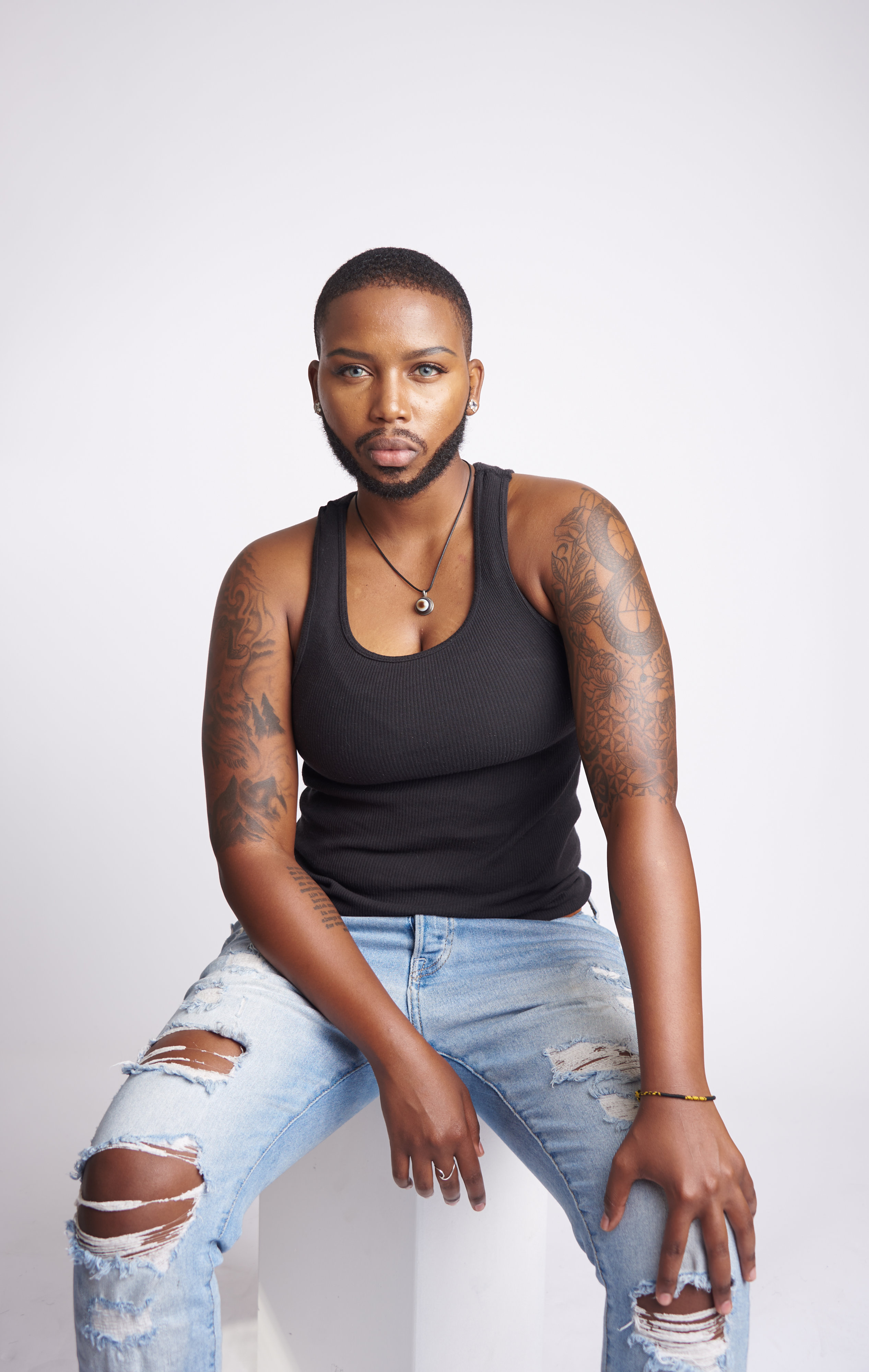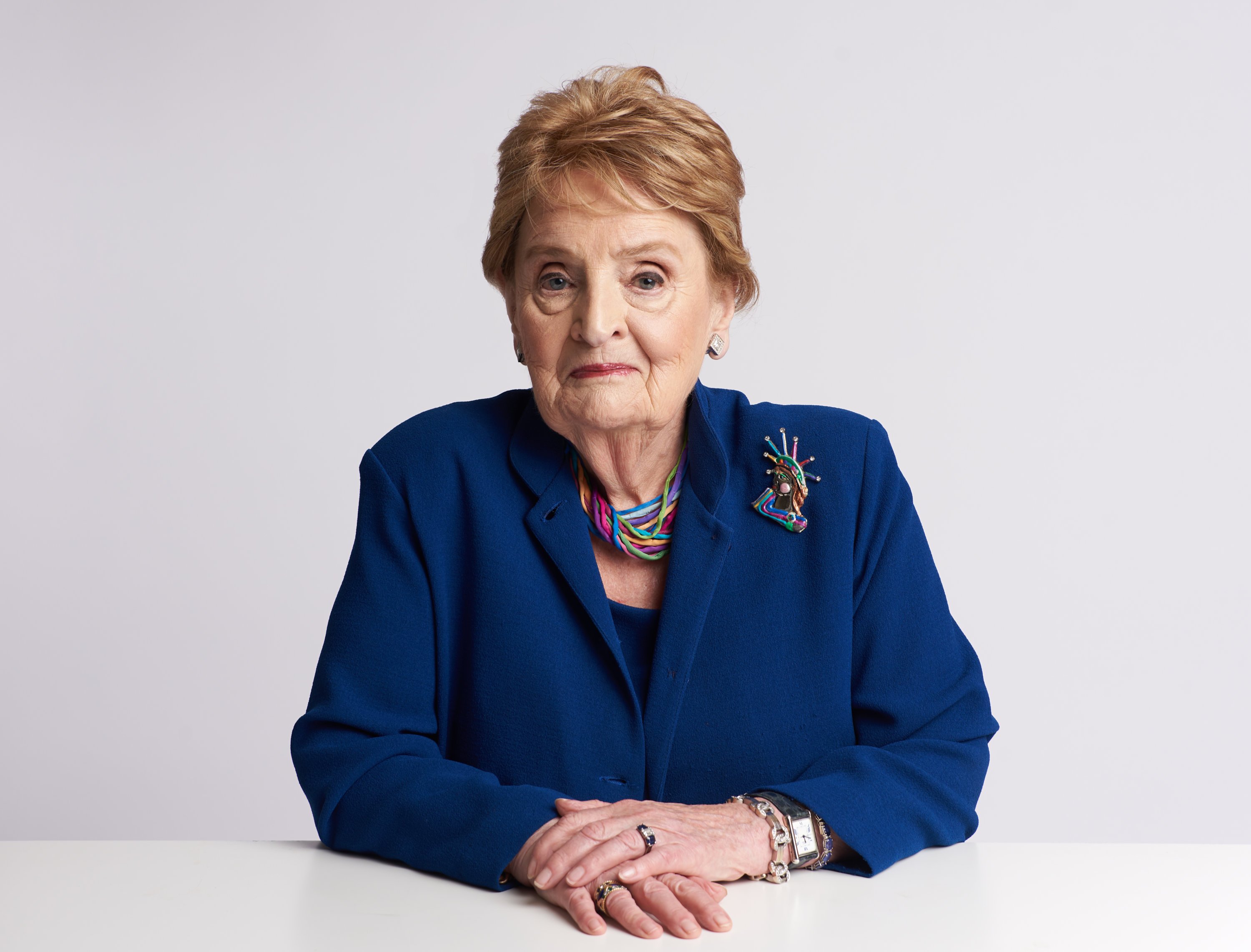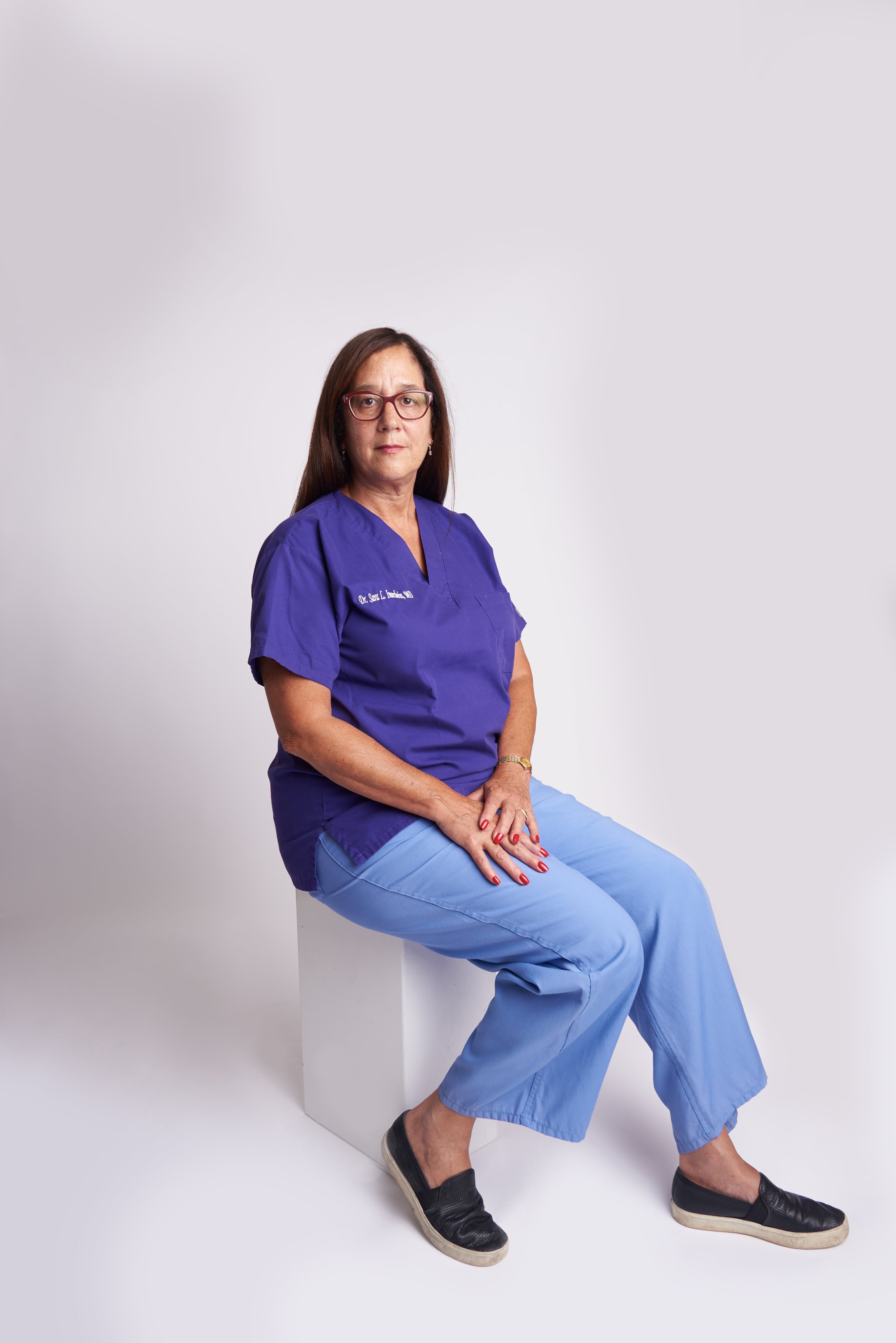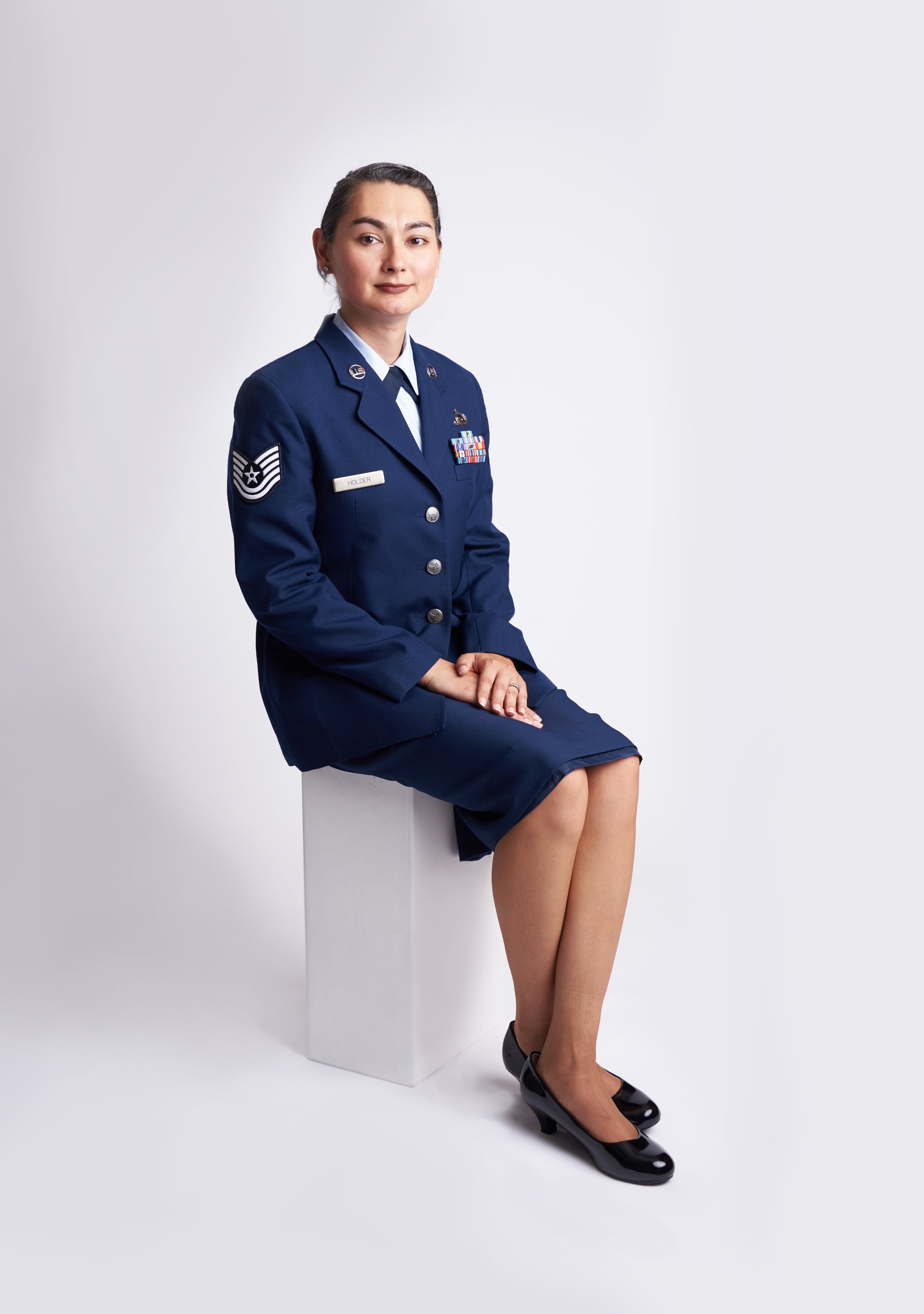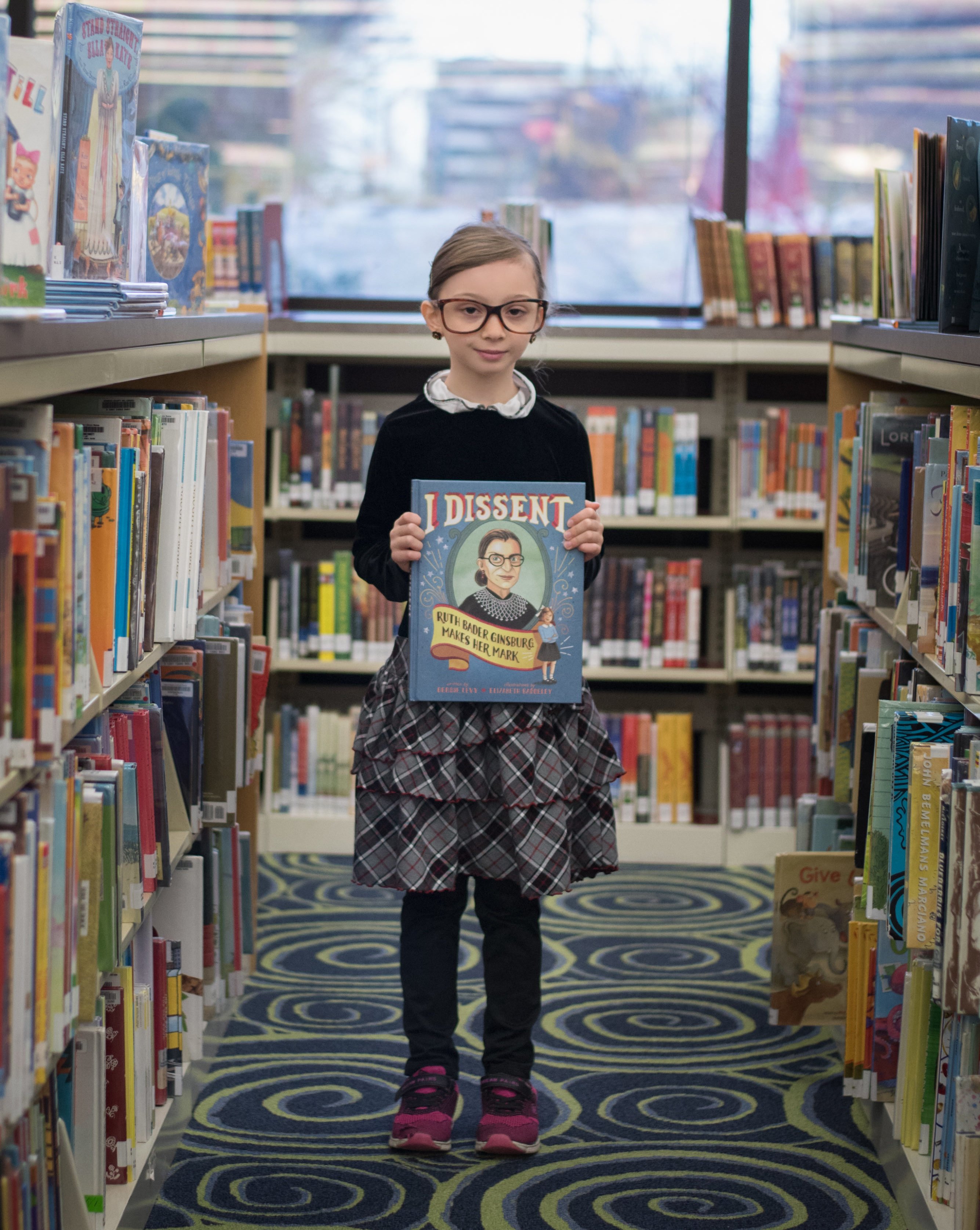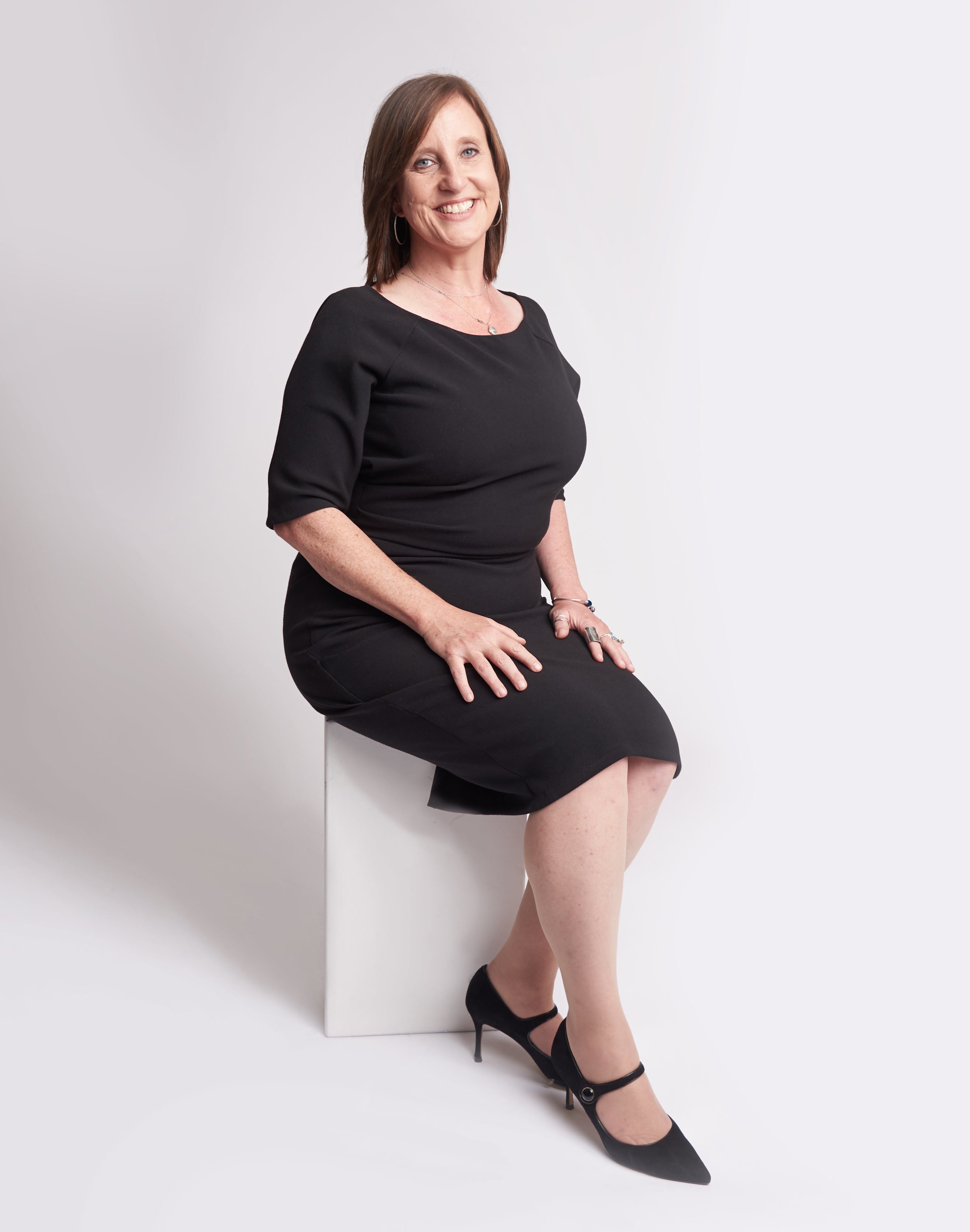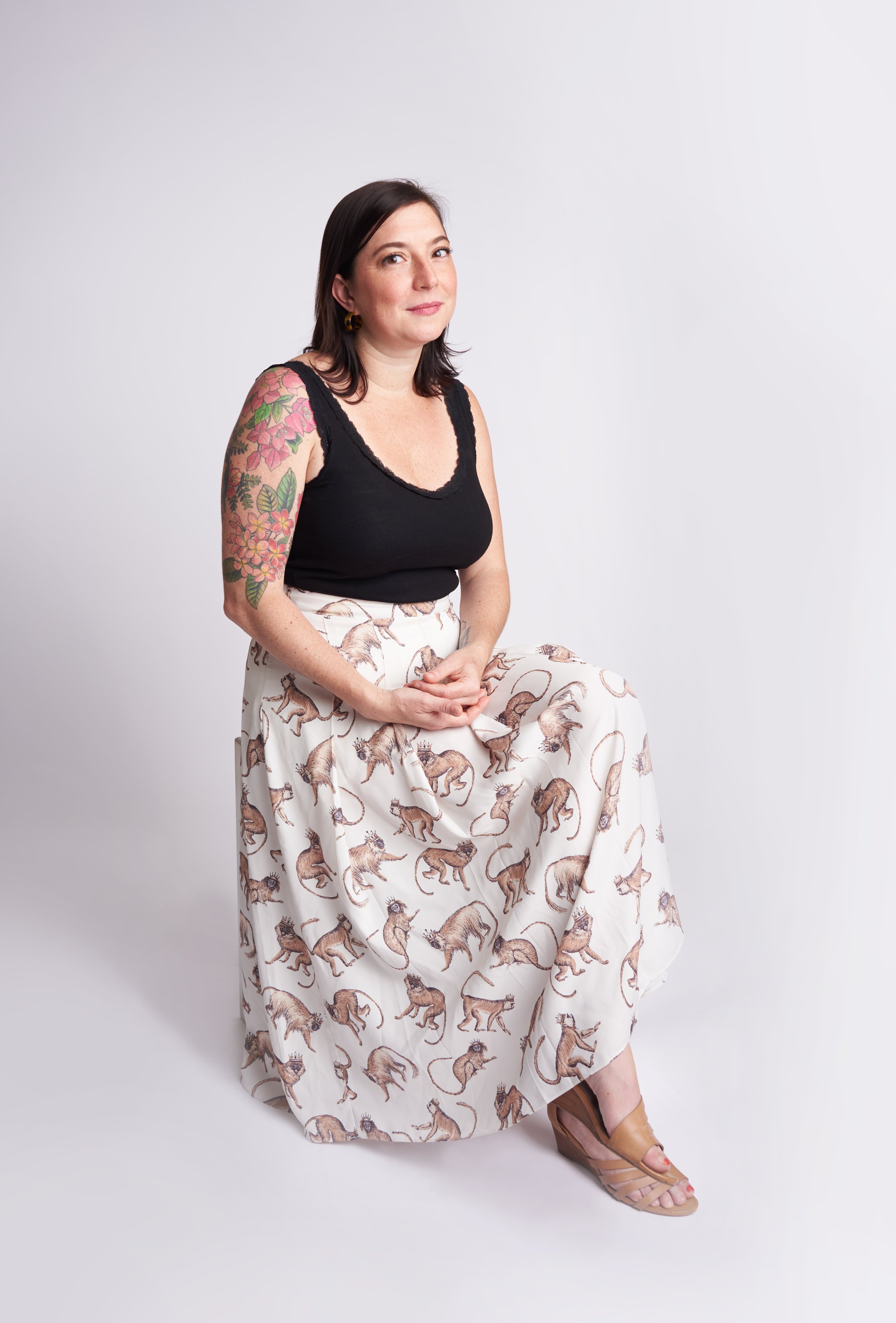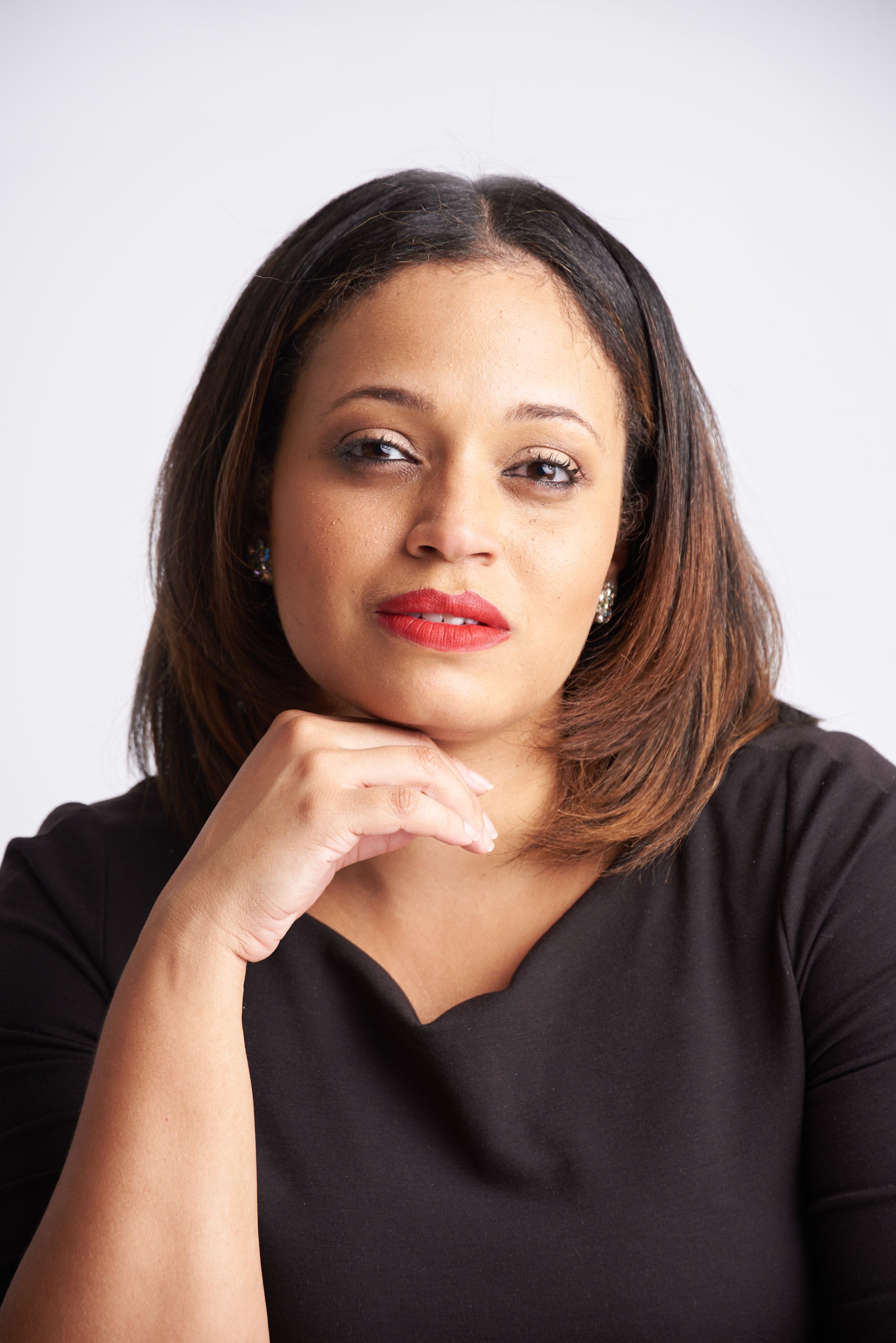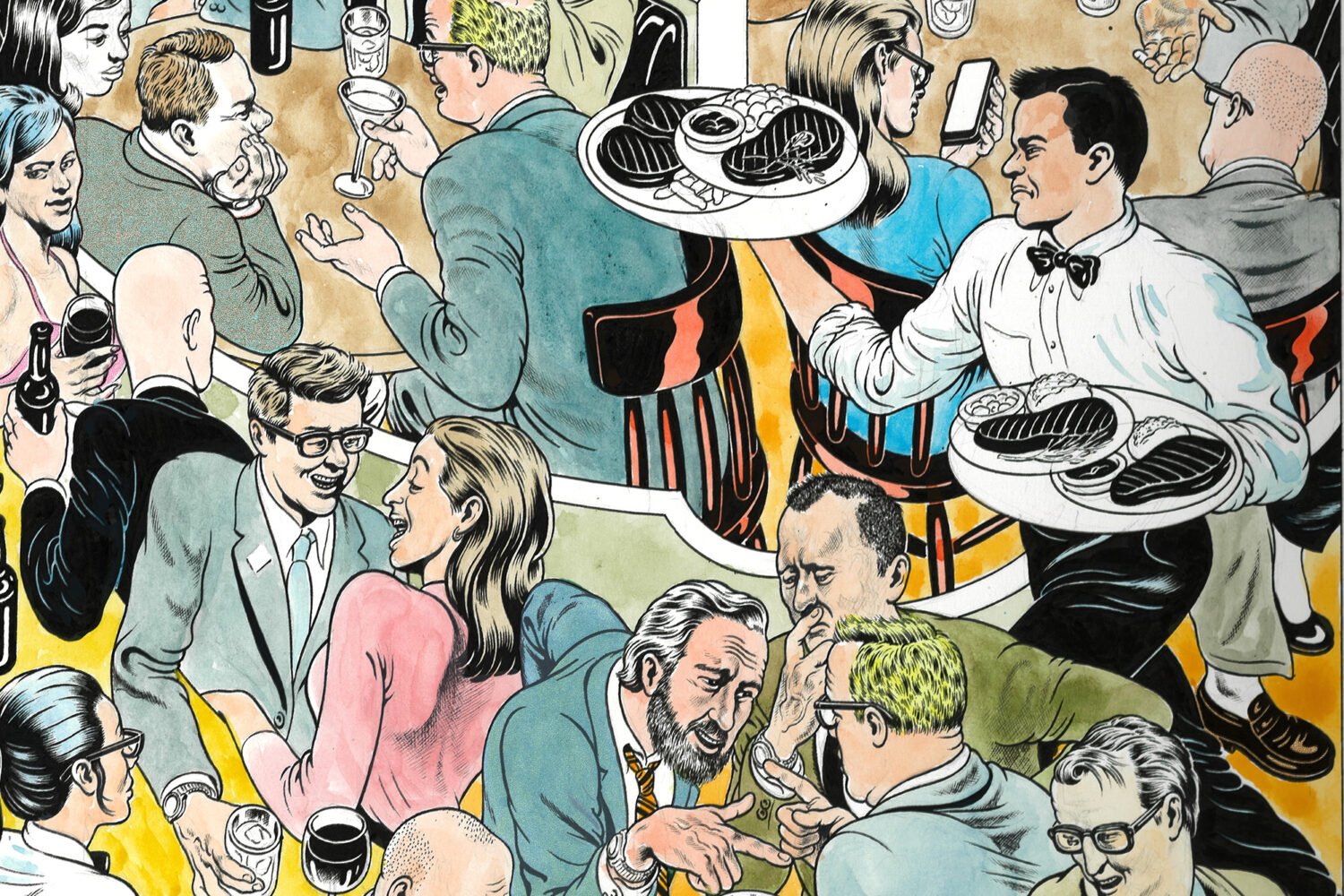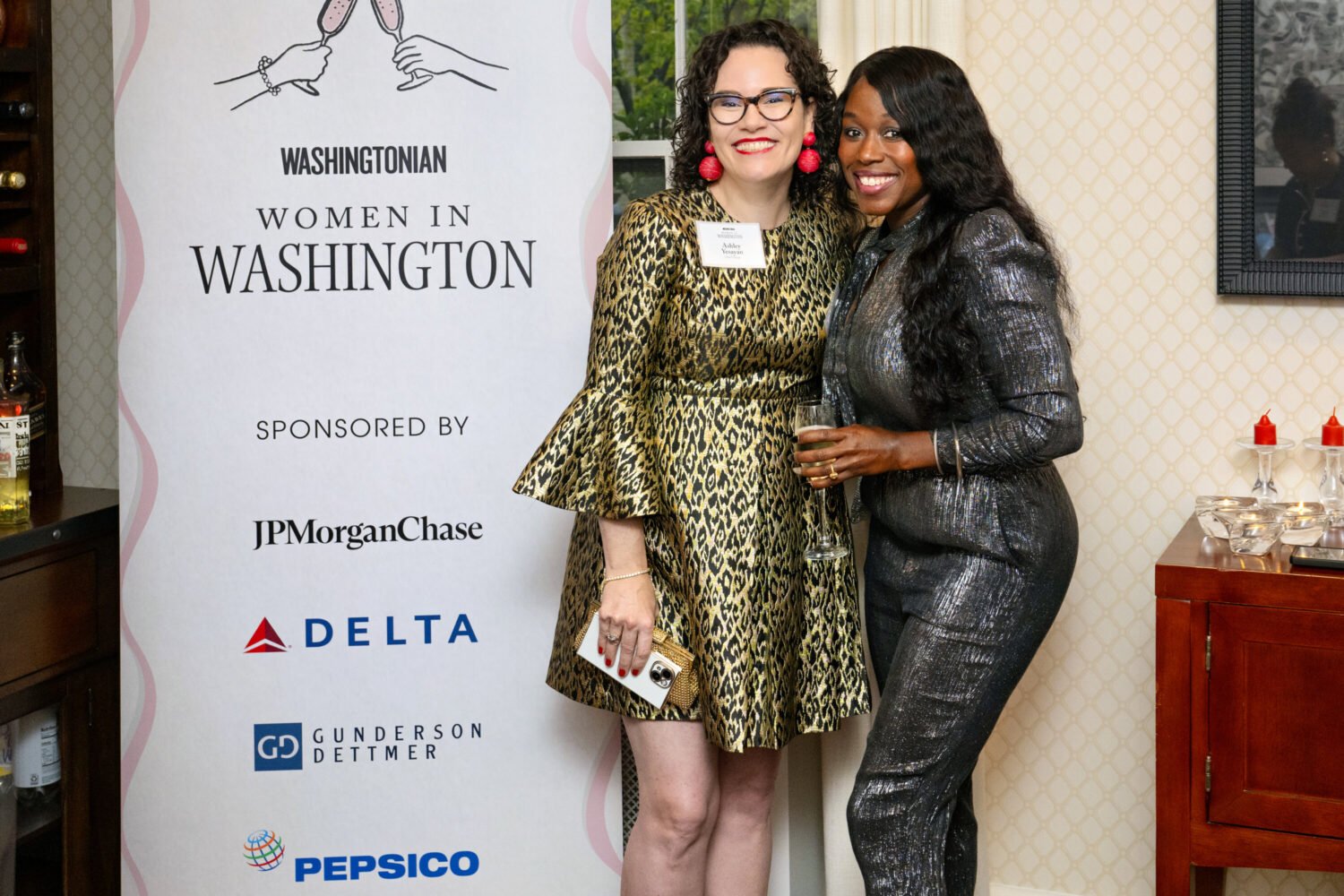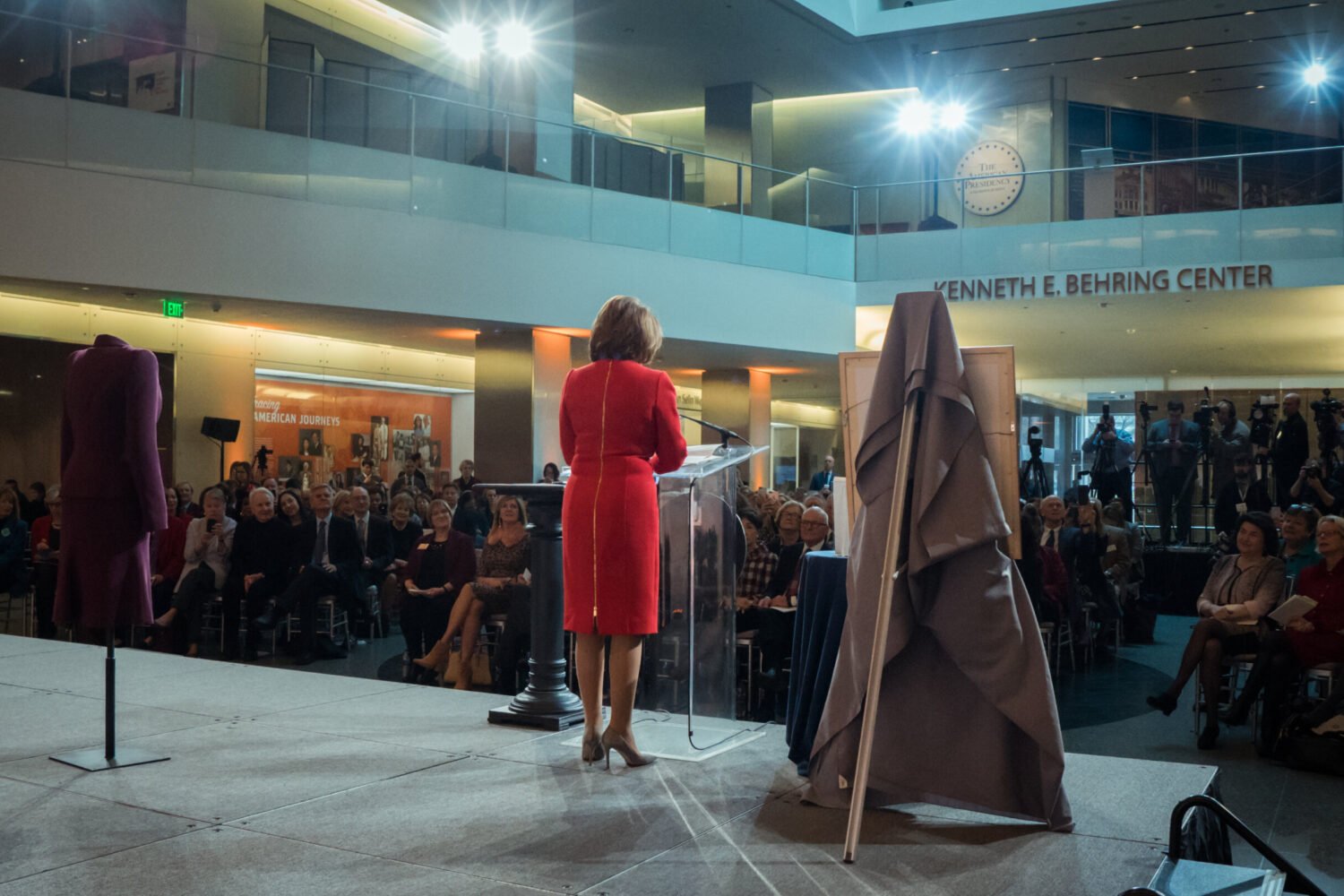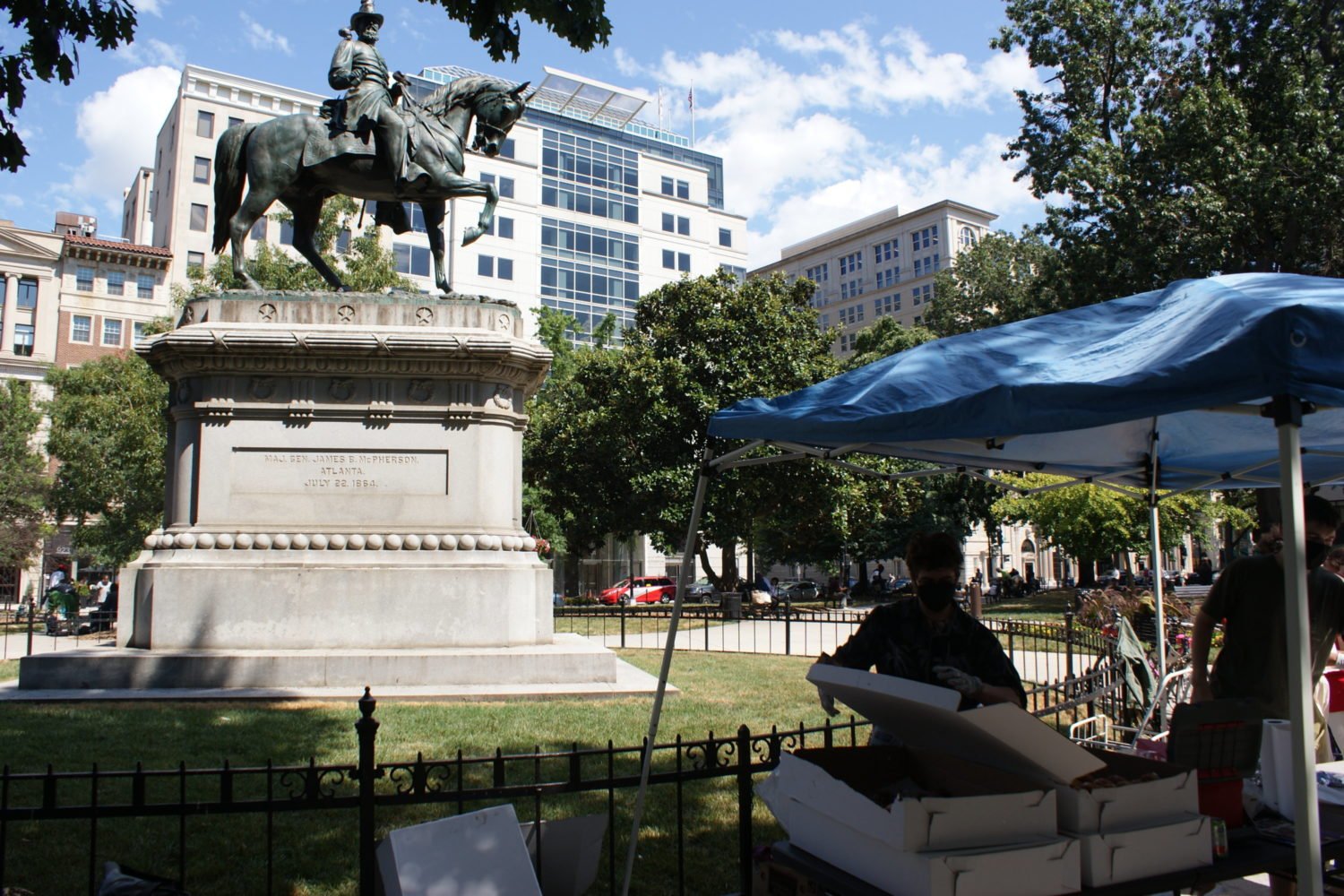Look around our town today and your eyes will land on example after example of some ladyboss getting it done. Forget Congress (where, ahem, a record number of female lawmakers were seated this year). Forget the pack of women gunning for the White House (who number five—five!). Women run our think tanks and our museums, our biggest defense contractors, our most illustrious spy agency, our tech companies, our newsrooms, and our lobbying outfits. To be a woman in Washington, in short, is to bob around at a new high-water mark for our gender—to be surrounded by a crowd of insanely powerful role models, heroes, and superstars. But let’s be real: Behind every great woman there’s another great woman (or 12). And when we wanted to know what it feels like to be female in our city right now, these were the people we set out to find—women who, by and large, live outside the headlines, whose diverse professional and personal choices and circumstances define what makes this a simultaneously thrilling, infuriating, fascinating, challenging, empowering place for any woman to call home. What’s it like to sue your male partners for gender discrimination or to be rated on your looks? What’s it like to run a presidential campaign or a construction site? To tie your tubes before you hit 35? Or carry a baby you know is going to die? In their own words, 62 women explain.
More from our October 2019: Women in Washington issue:
[su_posts id=”862395, 860470″ order=”desc” ignore_sticky_posts=”yes”]
What It’s Like to Run a Construction Site
Michelle Cousté, 26
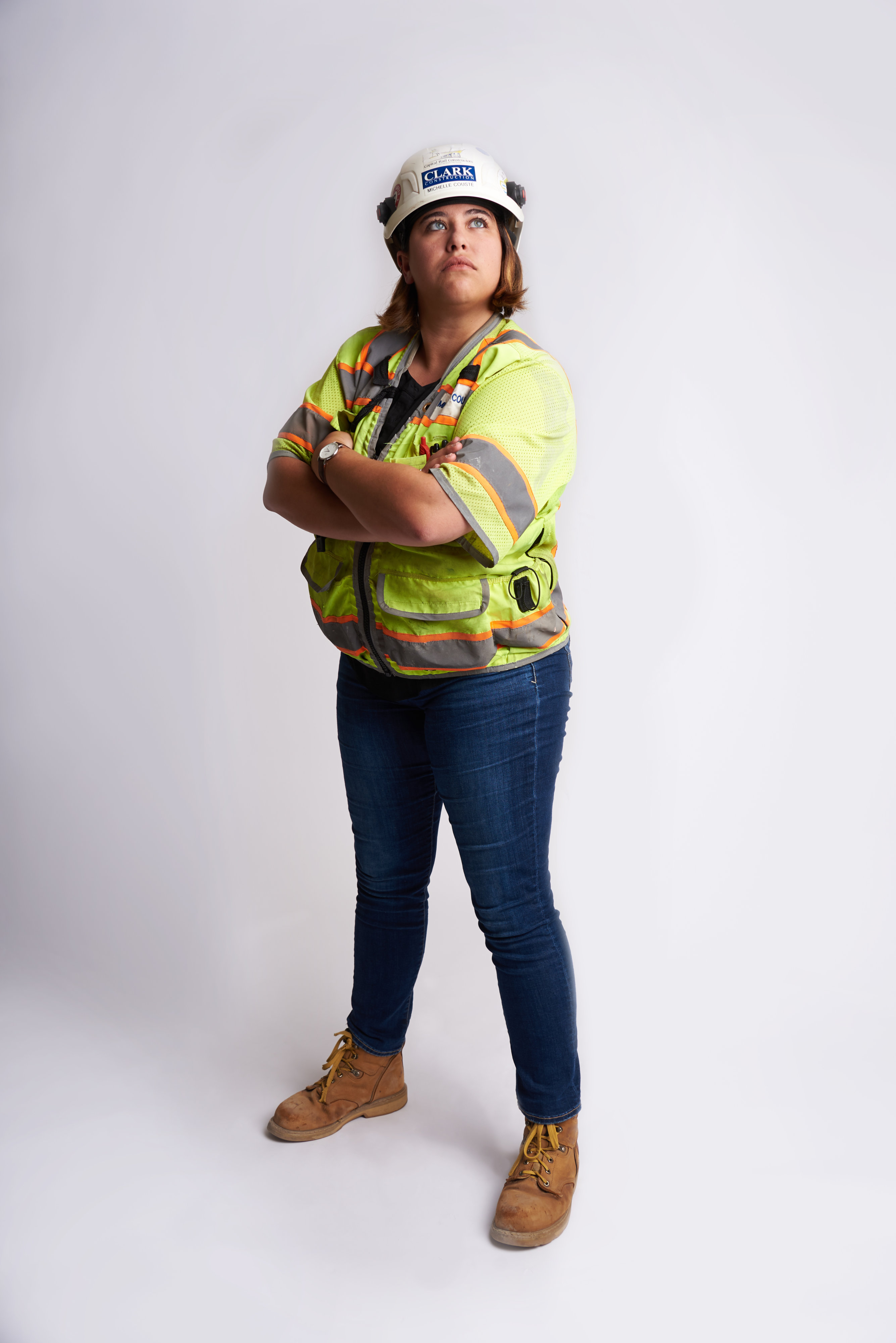
What It’s Like to Run a Construction Site
Michelle Cousté, 26, assistant superintendent at Clark Construction, is managing the build-out of Ashburn’s Metro station.
“I get here when the crews get in, at 6 am. I walk around, check on everything. Then I lead a 7 am meeting with every foreman on the job site. There are almost never women in that mix. It’s me talking to all men who are at least ten years older. Sometimes people don’t listen and I’ve had to pull out a more assertive voice. There’s two hard parts about that. One is it’s not my natural instinct to yell or be demanding. The other is choosing when to do it, so it’s not ‘she’s a diva’ or ‘she’s a hardass.’
“There was one subcontractor superintendent who used to call me ‘honey’ and ‘doll face’ and stuff like that. I’d say, ‘Come on, you know my name.’ I didn’t want to be too adamant because it’d sound like I’m insecure or being difficult. But I found a funny way of making him stop: I was early to a meeting. Another subcontractor superintendent was sitting next to me. The guy walks in and he goes, ‘How you doing, doll face?’ I turned to the guy next to me and said, ‘He asked you a question.’ The guy said, ‘Oh, no—I was asking you.’ I said, ‘Oh, how was I supposed to know you were asking me?’ It kind of embarrassed him, not in front of a lot of people but enough that he took it seriously.”
What It’s Like to Be a Professional Cuddler
Indigo Dawn, 27
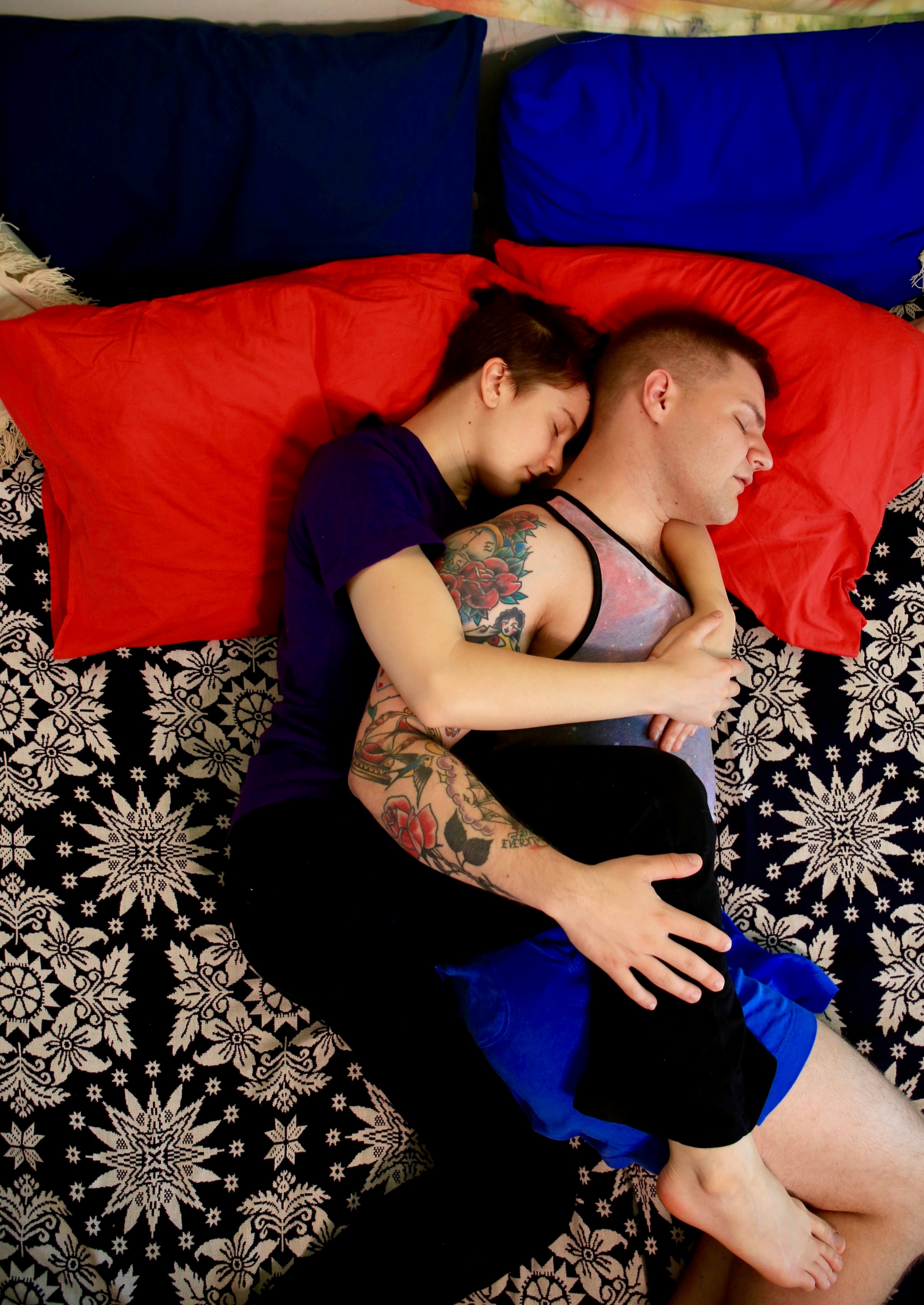
What It’s Like to Be a Professional Cuddler
Some of Indigo Dawn’s clients book the Arlington cuddler for four hours.
“I really love touch. It is a core need for me. It’s all platonic. There are things that I might be okay with one client doing and not another. I’m always a hard no to mouth-to-mouth kissing. I’m a no to the bikini areas, breasts, genitals, and anus. Some clients I will trust to touch my belly under my shirt or rest their hand on my butt. Sometimes what I do is very small—fingertips. With others, it’s a hug or lying down and embracing each other.
“I see people of all ages, genders, ethnicities, and professions—construction workers, students, doctors, data scientists. Historically, my clients have mostly been upper middle class. They come for as little as one hour and as long as four. Most of the time, I will let them initiate conversation. They can share things with me that they’ve never shared with anyone else. I really love that emotional intimacy. My favorite thing is when I can see that a client is really stressed or sad or they’ve been told they’re not enough. People will say, ‘I’ve never felt so loved before’ or ‘I came back to my daily life and I just feel so creative and so good in my body. I can’t believe I had never experienced that before.’ The transformative impact I can have is so satisfying.”
Photograph by Evy Mages
What It’s Like to Be a Nun
Deidre Byrne, 62

What It’s Like to Be a Nun
Before joining the Little Workers of the Sacred Hearts, Sister Deidre Byrne practiced medicine as a colonel in the US Army and as a missionary. In DC, she’s director of her order’s pro bono physical-therapy clinic, a volunteer surgeon, and mother superior of the Brookland convent she calls home.
Photograph by Amanda Andrade-Rhoades
What It’s Like to Live in Exile
Nancy Okail, 42

What It’s Like to Live in Exile
Egyptian scholar Nancy Okail fled her homeland for the US, leaving behind her family, when she was prosecuted for her pro-democracy work after the 2011 revolution.
What It’s Like to Be in a Bicoastal Marriage
Rose Previte, 39
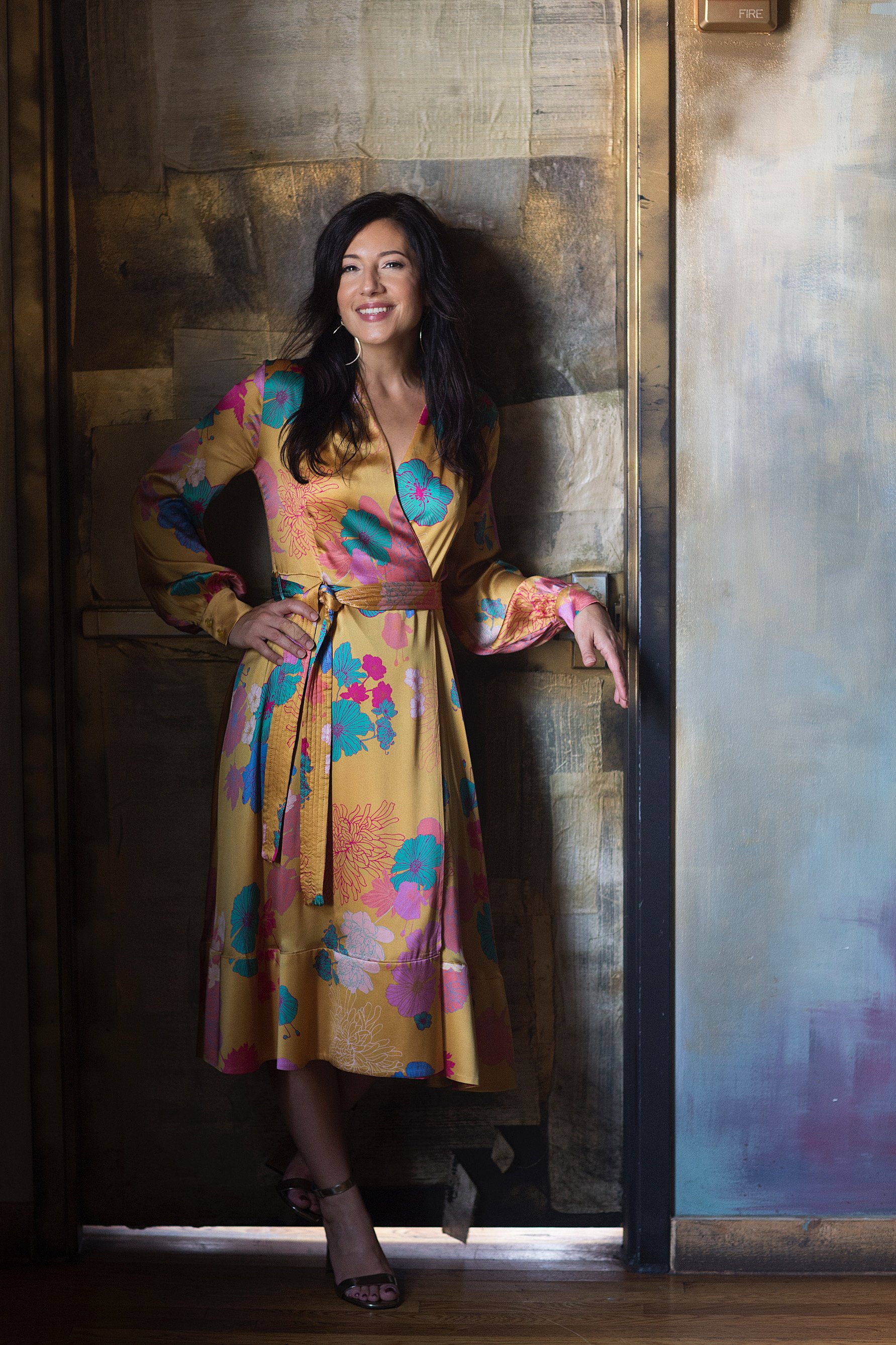
What It’s Like to Be in a Bicoastal Marriage
Maydan and Compass Rose restaurant owner Rose Previte lives in DC. Her husband, NPR “Morning Edition” cohost David Greene, resides in LA.
“When we were living in Moscow, David was often brought back to host from NPR’s office in LA. We would land and I’d be like, ‘Why the hell doesn’t everyone live here?’ I told him, ‘If the desk ever opens, you need to take it.’ Of course, we moved back to DC, and Compass Rose was open when he said, ‘They offered it—do you want me to take it?’ I was like, ‘Hands down, yes.’ It’s now been almost three years of long distance.
“The plan is once a month I go there and once a month he comes here. Then usually we work it out to meet somewhere a third time. The flight actually is really helpful because I get so many e-mails done. I do redeyes because I can’t handle losing a day. The hardest part is some days we’ll be so busy, and with the time change we won’t talk. And there’s always going to be something you wish they could be there for, but there’s just no way to justify an extra trip.
“One really sweet thing, after being together so many years, it’s actually kind of nice to miss somebody. He always picks me up at the airport, and he always has coffee for me. I get this excitement to see him. We did have to get cleaning at both places. The David I met had the dirtiest apartment, and I was like, ‘That will piss me off if I have to show up and clean the house and I’m only there for two days.’
“This definitely wouldn’t work for a more traditional couple. And look, we don’t have kids, so that also makes it easier. Honestly, I don’t know if there’s been one terrible moment. Maybe we’re just so used to this. Maybe I need to talk to my therapist.”
Photograph by Jennifer Chase
What It’s Like to Deal With Male Scoundrels in Divorce Cases
Heather Hostetter, 47

What It’s Like to Deal With Male Scoundrels in Divorce Cases
Bethesda divorce lawyer Heather Hostetter sees the worst of people.
“I wouldn’t use the term ‘scoundrel.’ They’re all people who have behaved unacceptably for a successful marriage, but still human. They need my understanding and a good plan—not my judgment. Nevertheless, there are still times when I think, ‘Wow! You cheated with a prostitute and used a home-equity line to buy the prostitute a house? How did you think it would work out?’ But even then there’s a story.
“I see a lot of professional women who got married in their late twenties to someone adorable with tons of promise. They had kids and she rose higher and higher, but he isn’t going anywhere. It’s not obvious at first—they’re always ‘consultants.’ There’s a business card but no real money. She’s the breadwinner and the family manager. She communicated with the nanny and scheduled activities all while on an elevator for an important meeting, and she knows where all the undies are. Twenty years later, instead of two kids she feels like she has three because she’s taking care of her husband, too. He’s not so cute anymore, and she’s exhausted. I have to tell her, ‘You’re giving him half your retirement and assets, and you’re going to pay him alimony, too.’ People think, ‘Why shouldn’t women pay? Men have.’ I agree. The difference is men received services—the family manager. These women, however, are like, ‘I didn’t get a wife!’
“But the court does not give you a redo on your choices. Thirteen years ago, you should have said, ‘Get a job.’ The cheating husband with a job is going to pay the piper—with the failure-to-launch husband, the wife is. That’s why I always recommend that people leave while there’s still an ounce of kindness for the other person. Do you really want to pay me $550 an hour to tell you not to write, ‘Dear Skank,’ to the mother of your children?”
What It’s Like to Be Rated on Your Looks
“I didn’t want to be upset about it. I wanted to be like, okay, whatever—this doesn’t define who I am. But I felt really embarrassed to be on the list. The part that made it so bad: Mine had .4 at the end. That was so specific. Like, what about me made it not .5?” —Annabelle Kim, 18

What It’s Like to Be Rated on Your Looks
It started as a rumor, spread through whispers and screen shots. But soon everyone at Bethesda–Chevy Chase High School knew it was true: A male student had created and circulated a document he called The List, a ranking of the physical appearances of 18 female seniors in the school’s International Baccalaureate Diploma Programme, from 5.5 to 9.4. By lunchtime on a Tuesday last March, a group of young women had walked into the administration’s office and kick-started a months-long process of reckoning and healing. They wrote op-eds in the school newspaper. They made a pop-up museum about toxic masculinity. They confronted their male classmates in a painful hours-long town hall. Who are the young women who clapped back? We talked to six and then made a few lists of our own.
Left to right:
Yasmin Behbehani
-Cofounded the youth arm of a local organization that assists refugees, helping it raise more than $150,000 for education.
-Formed and ran her school’s body-image-and-eating disorder-awareness club.
-Helped with disaster relief in Puerto Rico after Hurricane Maria.
New school: University of Maryland.
Lee Schwartz
-4.72 GPA (weighted).
-One of six top editors at B-CC’s newspaper.
-Teen adviser and local leader in a UN women’s-education effort called Girl Up, for which she’s interviewed the likes of Ivanka Trump and former president of Malawi Joyce Banda.
New school: University of Pennsylvania.
Annabelle Kim
-Founded and led the school’s philanthropic club to help homeless shelters.
-Summer lab researcher in cell biology at NIH’s National Institute of Diabetes and Digestive and Kidney Diseases.
-Started a book club for fifth-grade girls at a DC public school.
New school: Georgetown.
Jane Corcoran
-Ran B-CC’s Special Olympics Club and played basket-ball with young people with special needs on Saturdays for four years.
-Led the National Science Honors Society, was an IB biology teacher’s assistant, and tutored her peers in chemistry.
-Camp counselor.
New school: Colgate
Virginia Brown
-Two-time captain of B-CC’s varsity cross-country team; holds the record for the school’s fastest freshman 5K.
-Vice president of the Student Government Association.
-Canvassed and phone-banked for Maryland state delegate Emily Shetty’s last campaign.
New school: Emory
Sage Spalter
-Statewide political director on the four-person board of Maryland High School Democrats.
-Volunteered on the floor at the 2016 Democratic convention.
-Founded Get Ready to Vote, a project that helped 16- and 17-year-olds in Maryland preregister.
New school: Tufts.
Photograph by Lexey Swall
What It’s Like to Be a Beauty Queen
Cordelia Cranshaw, 27

What It’s Like to Be a Beauty Queen
Miss DC 2019, Cordelia Cranshaw, got into pageants as a foster child.
“I am one of 18 kids: step-siblings and blood siblings. My mom was in and out of incarceration, my dad was a struggling alcoholic. I was in foster care starting at age five or six. Growing up, I really wanted to do girly things—I was always dressed in clothes I didn’t find attractive. I came across pageants. I took the idea to my cheerleading coach, and she signed me up for one. Literally a week later, I competed for Miss Greater Springfield’s Outstanding Teen, and I won.
“Pageantry didn’t look like the norm for someone like me. Everything else in my life felt like I had to be doing it to survive. I wanted to beat those odds. It is an expensive sport, and it does take investing. When you really want something, you save and you make sure you budget correctly. I’ve been working since I can remember. Eventually, I became a social worker for the city of DC. But I continued to do pageants because of the platform I have. The trajectory says I should be homeless, I should be dead, I should be in jail, I should be repeating that cycle. I was able to break it.”
Photograph by Carlos Velez
What It’s Like to Be a Drag King
Majic Dyke, 25

What It’s Like to Be a Drag King
Majic Dyke, a former nonprofit worker who lives in Gaithersburg, makes $75 to $600 per show.
“The first drag-king show I watched was like walking into Willy Wonka’s factory. That amazing feeling of ‘Oh, my God!’ Like you found this fire within you that you didn’t even know was there until—whooosh! To be a drag king, you dress like whatever your idea of ‘masculine’ is. One of my favorite movies is Magic Mike. I wanted my drag persona to be a sexy, alluring, seductive king: Ding! I’ll be Majic Dyke! I’m the very queer, super-gay version of this very masculine person.
“Some kings bind their chest. Some use packers, other body modifications. I don’t like how my chest feels when I pull my titties back. I want to be masculine, but I want to have my boobs out, to play with the gender spectrum. So Majic Dyke evolved into ‘the king of beards and titties,’ this non-binary, fluid person. Usually, my makeup is natural-looking. For my beard, I have hair extensions that I cut up. I prefer to get dressed at home. I have the music I’ll be performing on repeat, and I’m trying to channel the energy I’ll need. When I’m in full face and outfit, I run through the number a few times. By the time I leave the house, I’m Majic.
“We live in a society where everything is put in these neat little categories and labeled. But I feel like some of us exist beyond the labels placed on us. I am Assigned Female at Birth, and being a woman is empowering to me, when I want it to be. And showing up as a man is empowering to me, too. Being in this feature gives me an opportunity to speak, and that to me is empowering, as a non-binary person.”
What It’s Like to Run a Presidential Campaign
Maya Rupert, 38
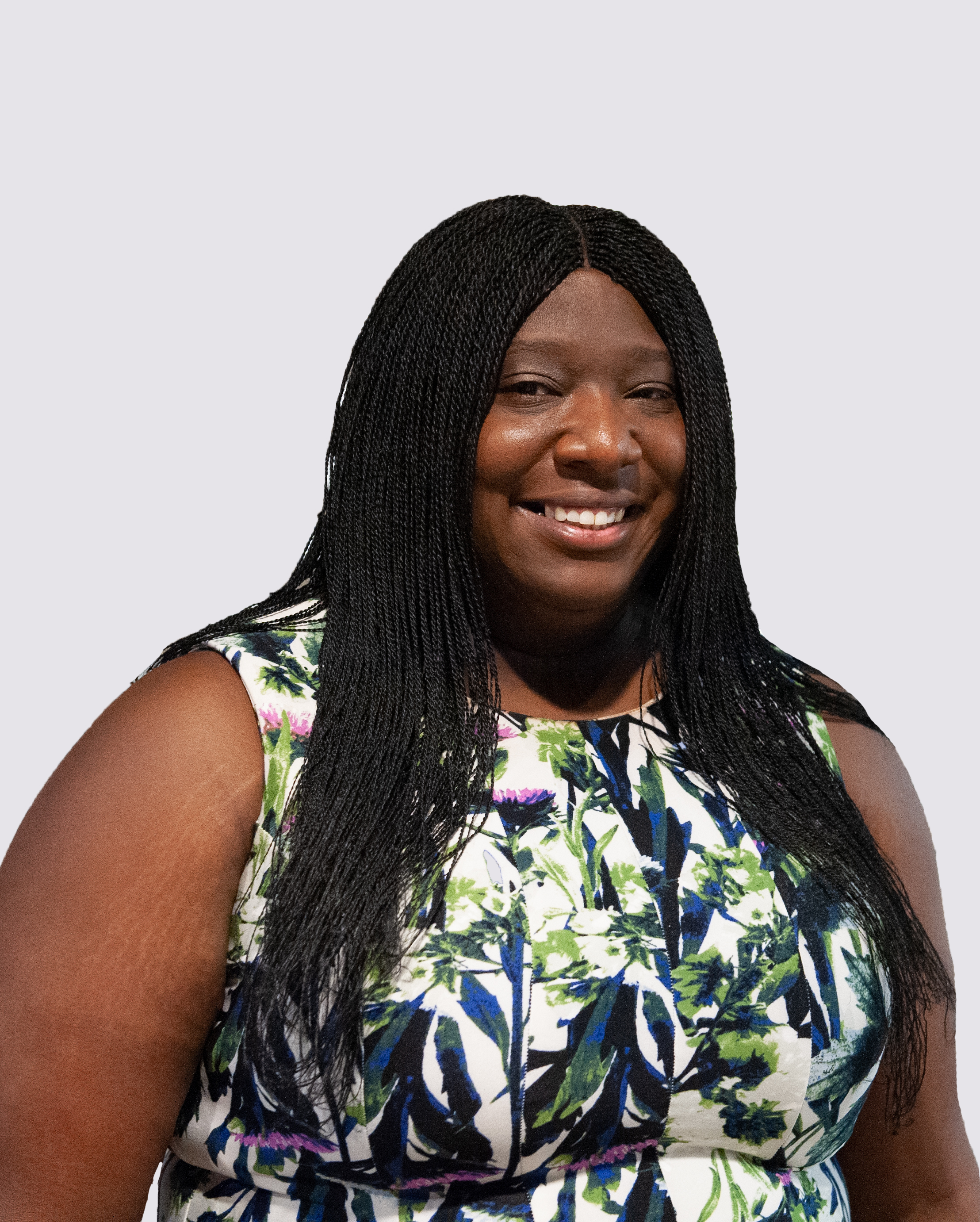
What It’s Like to Run a Presidential Campaign
Maya Rupert had never worked on a political race, not even as a door-knocker—now she’s heading Julián Castro’s 2020 bid, only the third black woman to lead a presidential campaign.
How she prepared: Devoured campaign memoirs such as David Plouffe’s The Audacity to Win.
Not-irrelevant experience: Was Castro’s senior adviser at HUD.
Driving force: The legacy of her father, a Vietnam vet who, after becoming addicted to heroin and serving time for burglary, got his life back on track with prison education and jobs programs.
Management style: “As horizontal as possible.”
Dreaded part of the job: “I’m such a baby about flying. I try to sleep and hope for the best.”
Added pressure: “The next black woman who tries to do it, I have to think about her every single day.”
Photograph by Robin Jerstad/Texas Tribune

What It’s Like to Coach in the NBA—for Exponentially Less Money Than a Guy Makes
Washington Mystics player Kristi Toliver spends her off-season as an assistant coach for the Wizards, but due to an obscure WNBA clause that applies because both her teams share an owner, she makes only $10,000—a pittance compared with the $100,000 to $1,000,000 that her male counterparts earn for the same job.
“Playing is the best. Any NBA coach would tell you that. I’m lucky that I get to have both experiences, because they bring out different parts of me. The guys have been great, and I think it’s been great for them, because when things come up in pop culture, we talk. We talk about LGBTQ stuff. They’ll ask questions. They have a person they feel comfortable with, not feeling like I’m going to look at them weird. I thought that was very cool. I think women athletes are more likely to take on certain topics, politically or otherwise. People say all the time, ‘Is it because we have less to lose, whether it’s money or endorsements or whatever?’ I don’t know. But I think we’re very aware that if we don’t use our voice for ourselves and for others who can’t speak, then we’re going nowhere.
“[The NBA pay] is obviously frustrating. I love the WNBA, because I get the camaraderie with my teammates and play the game I love. Then on the other hand, it’s like, I hate the WNBA because they’re taking away another opportunity that I didn’t realize was a dream of mine, essentially. I mean, obviously I want to do it next year and the Wizards want me to be here next year. But I can’t do it again and not get paid. It’s messed up. I’ve had other job opportunities with other teams. But why should I have to go somewhere else? Or why should I have to leave the Mystics? It would be one or the other. It’s just a choice that I shouldn’t have to make.”
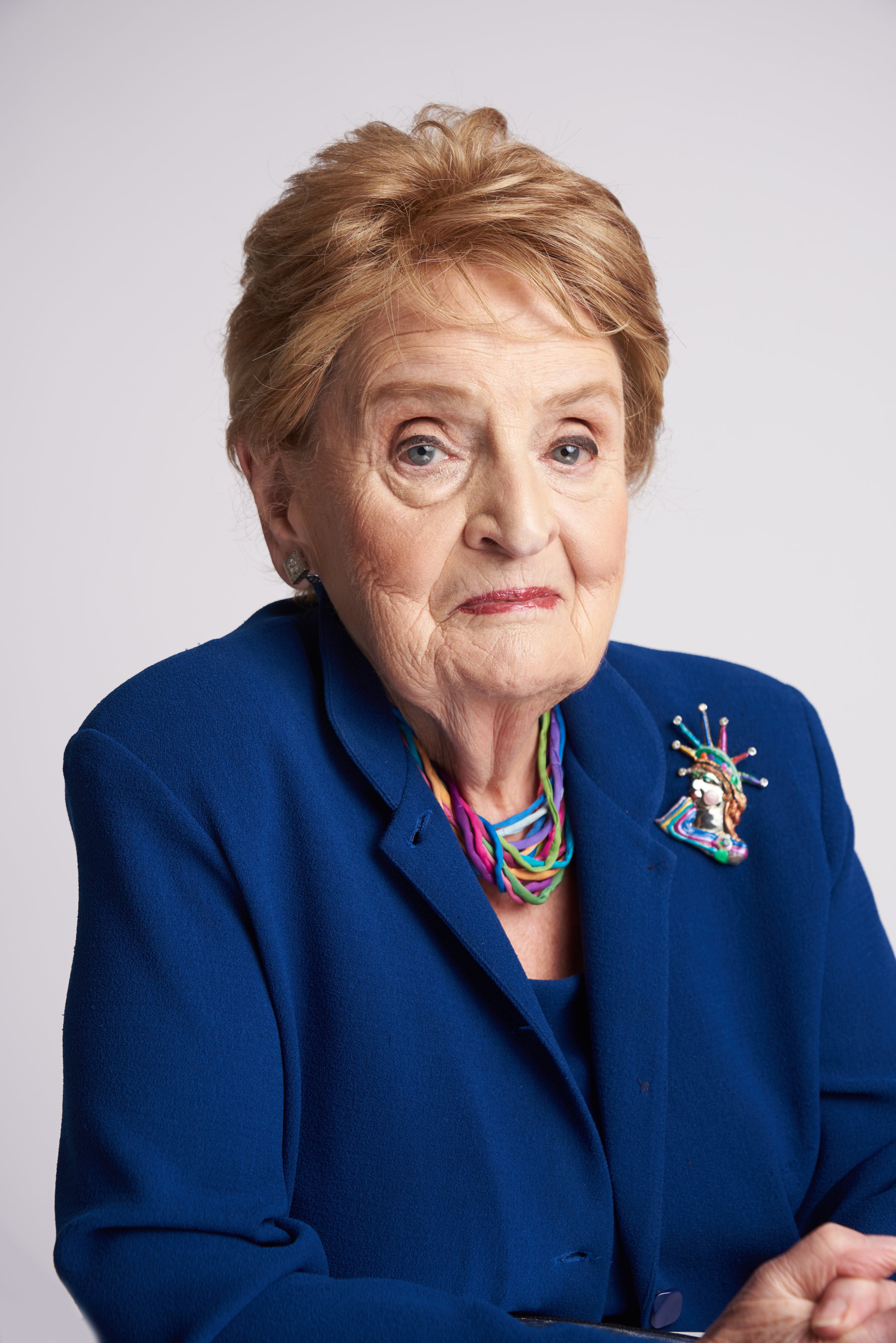
What It’s Like to Be Madeleine Albright
What’s it like to be such a recognizable figure in Washington?
“For the longest time, the only people who really recognized me were cab drivers. A lot of them were from someplace that I had actually helped— from Ethiopia, or Afghanistan. Or sometimes people would sit and stare at me—they would know that they knew me from somewhere. One time at National Airport, two women said, ‘We figured out who you are! You fly for United.’ Another time, I was on a plane and this guy walks by and says, ‘So you’re Margaret Thatcher.’ I said, ‘No, I’m not.’ He said, ‘Yes, you are.’ I said, ‘I am not.’ He said, ‘If you don’t want to tell me you’re Margaret Thatcher, that’s fine, but I know you are.’ ”
Has your profile changed through the years?
“There’s no way to describe this without sounding really full of myself, and I don’t want to sound like a diva, but there is truly a difference since the 2016 election in terms of how much people come up and talk to me.”
You mean you’re more recognizable in the age of Trump than as Secretary of State?
“It has jumped in a big way. I don’t know if it’s because of selfies and all of that, but it’s definitely noticeable, no matter where I am. I have my book on fascism out now. I’ve generally done pretty well on books, but for this one there are very large audiences. And they’re more like therapy sessions. People want me to tell them that everything will be okay.”
Do you?
“I tell them if they go and vote. It is very important to either run for office or support those who are. And I tell them it’s very important to talk to people with whom you disagree.”
Do you try to do that?
“I do. Recently, I went to the movies in Arlington, and these women wanted to have their picture taken with me. They had Trump buttons on. They said they disagreed with me but they thought I was interesting. I tried to have a discussion with them in terms of what they disagreed with. It’s not easy. But I do try.”
Where do you go when you want to be anonymous?
“I have a farm in Virginia, and I can blend in there. Or I go someplace like Harpers Ferry, where people aren’t expecting to see me and I don’t have to worry about my hair or what I have on. Or I’ll wear a baseball hat. I have one that says ‘Cowgirl.’ ”
Makeup by Rachel Lane
What It’s Like to Perform Abortions
Dr. Sara Imershein, 65

What It’s Like to Perform Abortions
After years in private practice, Dr. Sara Imershein went to work for a suburban clinic that specializes in terminating pregnancies.
“I had been afraid as a young mother to be out front. Sometime in the 1990s, many obstetricians found our homes and neighborhoods papered with fliers saying horrible things about us. A neighbor called me, and said, ‘Hi, I just want you to know that these fliers are there.’ And then she stops and goes, ‘You should know that what you do is your own business, and you should know that our home is safe if your children need a place to go.’ That night or the next night, the doorbell rang and there was a letter signed by 20 neighbors saying that they support me.
“Along the line, I really got the typical burnout. Somewhere around age 46 or so, I stopped doing obstetrics and focused just on gynecology. In my late fifties, I got a master’s in public health. Through that, I studied the politics, the access issues, and I opened my eyes to the reality of a population I wasn’t dealing with in my private practice. I had always wanted to focus on abortions. Oh, my God—I had 30-plus years of medical experience behind me and patient stories I could share. My children were out of the house.
“In 2013, I was hired to work part-time at the Falls Church Healthcare Center and one day a week at Planned Parenthood, supervising the ob-gyn residents from Georgetown/Washington Hospital Center. What I love about abortion care is that every patient’s most pressing problem is almost always solved that day. Here’s something where I could do something that was technically really easy for me, and I could impact people substantially. I introduce myself to my patients, but 95 percent of them don’t remember my name. They say thank you. They look relieved. They may be anxious, they may cry. Watching the relief of my patients is so gratifying, to know that I’m having such a big impact on each one of these women’s lives, that their lives would be forever changed if they were forced to bear children. I think for most it’s because they already have kids—60 percent are mothers. Some have had many abortions. They knew they shouldn’t be mothering. I just have to respect their reasons.
“I’ve gone around the block a few times to avoid the protesters. Some call me out by name. One day, they were yelling at me with a bullhorn. I thought someone had a camera, so my hair was in the way, and I remember one of the people saying, ‘Stand up and show your face!’ Whatever they say, I just do not engage. And believe me, I’m not shy. I could get into a screaming match with somebody. But safety is more important than making a point.”
What It’s Like to Carry a Baby You Know Is Going to Die
Kelly Hartge, 33
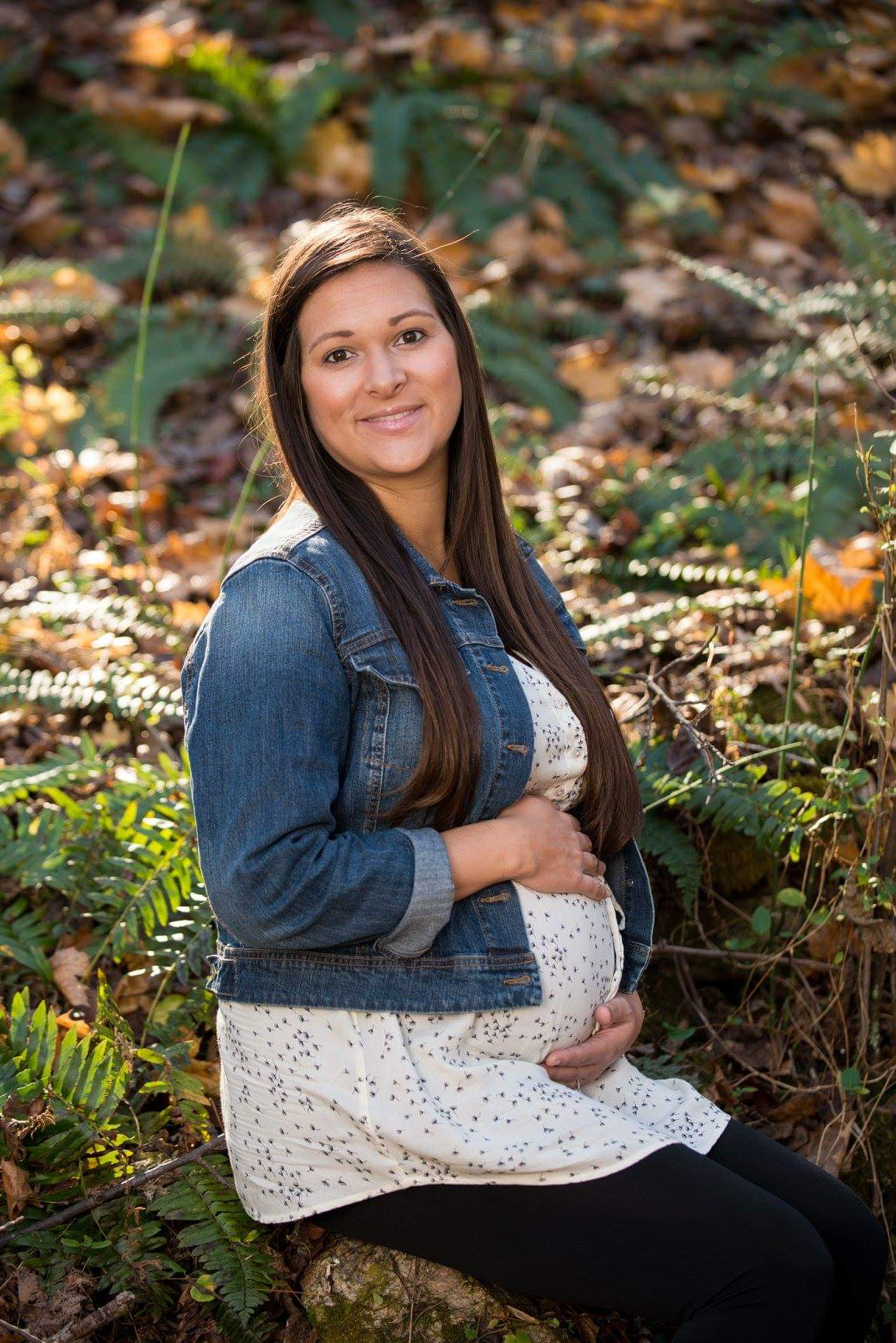
What It’s Like to Carry a Baby You Know Is Going to Die
For nearly half her pregnancy, Kelly Hartge, a NICU nurse at Children’s National, knew that her daughter wouldn’t survive.
“At our 20-week ultrasound, our baby, a girl, was diagnosed with anencephaly. I knew what that was because of my work. Not all of the baby’s skull had formed, which meant the brain would not develop fully. I knew our baby wouldn’t survive long-term—they couldn’t tell us if it would be days or hours or minutes—and might not even make it to delivery. We were in shock, but we had to pull it together because our son was in the waiting room. The only thing the doctor did was give me phone numbers of places to call to terminate the pregnancy.
“I thought for a second about what that meant, but I knew in my heart I would never go down that route. We had lots of hope that she would survive delivery and we would get to meet her alive for a short amount of time, or any amount of time. My husband and I are both Catholic, and our families supported continuing the pregnancy 100 percent.
“We named our daughter Hope. We read I Love You to the Moon and Back to her at night. We wanted to make sure she knew nothing but love. I just had a lot of faith that this was our journey for whatever reason. That didn’t change the fact that sometimes I was angry. But there were a lot of moments of grace that helped me get through it. Through my priest, I found another doctor, and she put me in touch with Isaiah’s Promise, a group for parents carrying a baby to term after a fatal diagnosis. Talking to other women who had gone through something like this helped me so much.
“On Christmas Eve, about two weeks before my due date, we lost Hope’s heartbeat. That was one thing I hadn’t prepared for, and I broke into tears. Right after Christmas, I was induced and delivered. As terrible as it was, I’d had the days before to grieve, so I was able to celebrate her that day. My grandmother said this was the closest we were going to get to God, and we all felt that when we held her.
“My coworkers were so amazing: They donated their vacation time to me so I could take more time off if I wanted to. But after two months, I had to go back. I wanted to take care of the babies. It somehow made me feel closer to Hope, and it still does.”
Photograph courtesy of subject
What It’s Like to Get Your Tubes Tied at Age 33
Kelly Carnes, 34

What It’s Like to Get Your Tubes Tied at Age 33
It took Kelly Carnes, a PR executive and entrepreneur, more than a decade to find a doctor who would help her live child-free.
“I frankly don’t understand how people can afford to have kids in DC. A big part of my decision, too, is the environmental impact. I don’t even like kids. I just think they’re obnoxious and annoying. Even worse than kids is usually their parents. Parents feeling entitled to you accommodating the reproductive choice they made. I find that to be really aggressive. You lose friends over it—they just disappear out of your life because they have other priorities, and that’s just sad.
“For about ten years, I would ask about tubal ligation when I went in for my Pap smear and was told, ‘You’ll change your mind.’ That was so infuriating. I was being patronized by doctors telling me they knew my mind more than I did. Especially doctors who were female and had kids.
“I had kind of given up. Then I had to switch doctors and, bless his heart, Sylvester Booker at Howard University Hospital said he’d perform the operation. After that appointment, I literally walked an hour down U Street, got a jumbo slice of pizza, sat on a curb, and cried. I was so relieved. Six weeks later, I was in the hospital. I came home afterwards and took a black-and-white photo of an empty oven.
“My mother and I have a hard time with this. Everybody else has been like, ‘You know what? You came to my baby shower and bought me a present. I’m sending you a bottle of wine because you’re making your own reproductive choice and I support that.’ Without a child, I’ve been able to start a business, buy a house, take on professional projects and entrepreneurial projects, travel. I got married last year. There was no room for confusion. We get to do a lot of really fun things, like dress up in really insane cosplay costumes that we spend all our money on. I think I get to play a lot more.”
What It’s Like to Run a Conservative Think Tank
Kay Coles James, 70
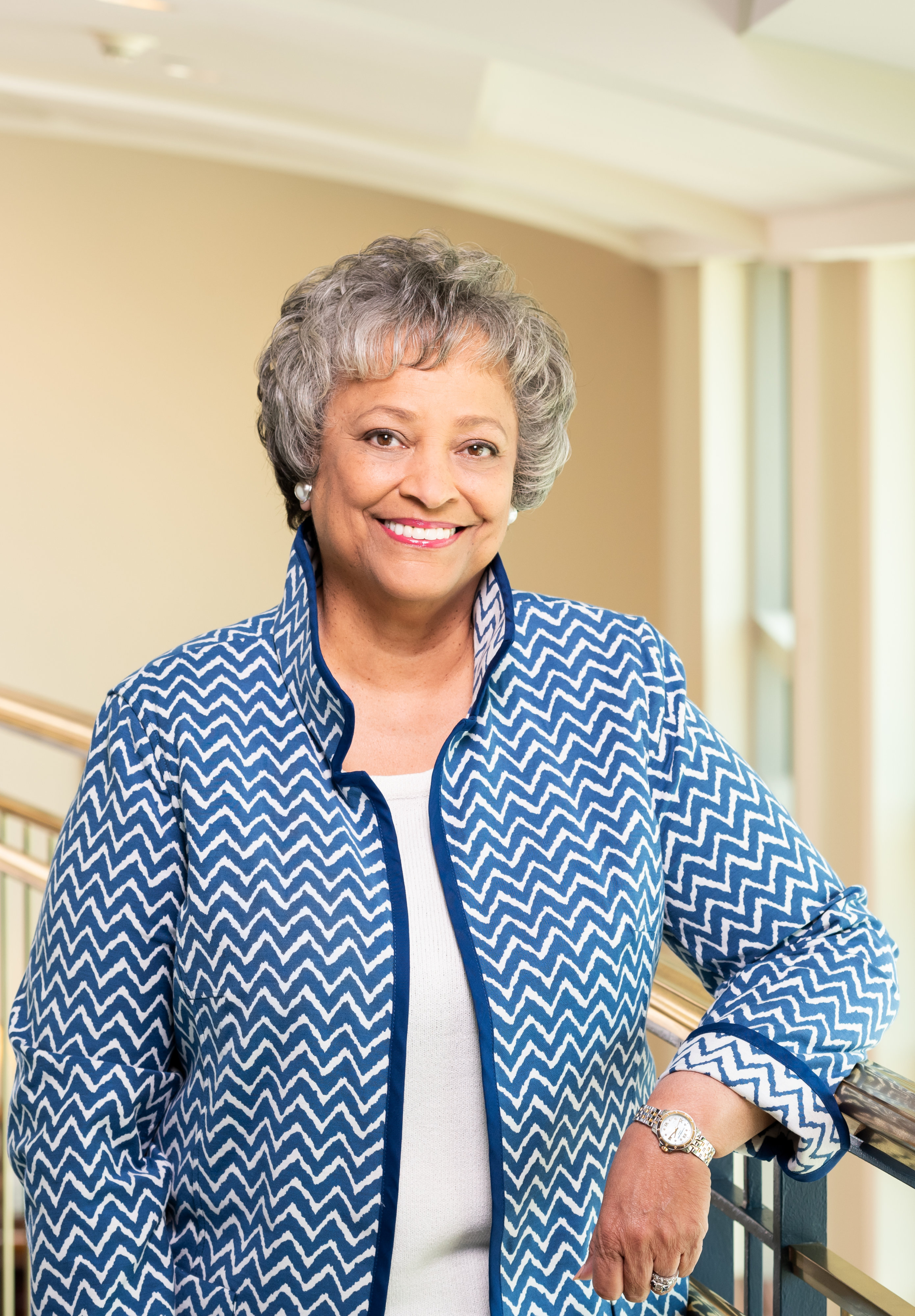
What It’s Like to Be Heritage Foundation Leader Kay Coles James
1. An African American woman who started life in public housing and is now president of the nation’s leading conservative think tank, she’s a Washington anomaly. “Throw in pro-life, feminist, evangelical—I can mess up everybody’s mind!”
2. As a seventh-grader, she was among two dozen students who integrated a Richmond middle school. She was harassed and pushed down a stairway, resulting in back problems that persist to this day. “And it wasn’t just the students. My history teacher read the cafeteria menu one day: ‘Grilled cheese sandwiches, vegetable soup—and brownies.’ She pulls her glasses down and says, ‘Lord knows why they’re serving those. We have enough of them here already.’ ”
3. Though raised in a Baptist family, James wasn’t all-in on organized religion—until she saw the evangelist Billy Graham on TV during high school. “I thought, ‘Okay, God, I’m giving you my life for one year. Let’s see what you’re going to do with it.’ ”
4. Sporting a big Afro and dashiki at Hampton University, she joined civil-rights protests and “came to embrace my culture, my history, my people, my community.” She was once mistaken for Black Panther Angela Davis, the famed activist wanted by the FBI. “We had the same-shaped Afro. I just thought that was one of the best things ever.”
5. As a young adult, James campaigned for Democrats. She worked for Virginia’s Chuck Robb during his 1981 gubernatorial run. “At that time, there was such a thing as a Democrat who was pro-life, a Democrat who was not embarrassed by or triggered by someone’s faith statement.”
6. She has a gay son who has influenced her thinking on LGBTQ issues. “I’ve made every mistake that a family would make. We tried to pray the gay away. We did it all.” Now, she says, she is grateful to her son for helping her grow. She supports civil unions but not same-sex marriage: “For me, marriage is a religious term.” And though Heritage does not support same-sex couples raising children, she says, “I think it’s one of the most pro-life perspectives you can have.” She is struggling to figure it all out. “When I get to heaven, I’m going to ask God, but in the meantime, it’s his job to judge and mine to love.”
7. When she left her management job at Circuit City to join the National Right to Life Committee, she says the CEO of the now-defunct chain doubled his contribution to Planned Parenthood, knowing how effective she could be. “It was the best left-handed compliment I had ever been given.” The job launched her up the conservative ladder—to gigs with the Family Research Council, Virginia governor George Allen, Bush 41, and Bush 43.
8. She headed the search committee for a new Heritage president in 2017, pulling a Dick Cheney when she accepted the position herself. “Actually, I pulled an Abby Wambach, the female soccer player who gave that wonderful speech at Barnard graduation where she said, ‘Give me the effing ball.’ ”
9. She tries to educate fellow conservatives about racism. “Many of my friends think that if you just don’t use the N-word and are not overtly anti-black, then you’re not a racist.”
10. She has allies on the left. She has bonded with Democratic Senate legend Barbara Mikulski and admires House speaker Nancy Pelosi. As for confidantes on that side of the aisle? “I don’t know if they want to be outed.”
Photograph by David Hills
What It’s Like to Be Transgender in the Military
Alexandria Holder, 37
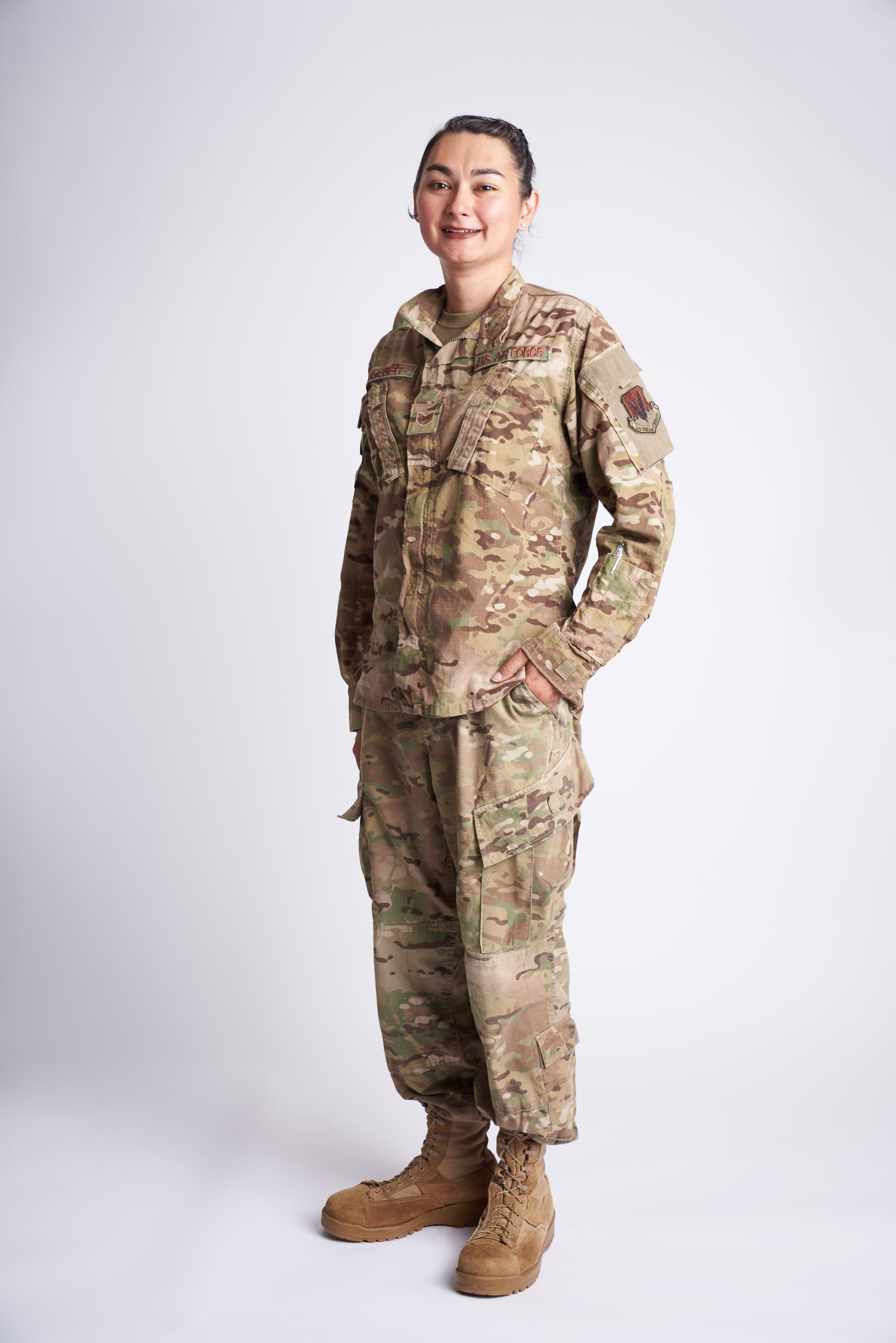
What It’s Like to Be Transgender in the Military
Until President Obama lifted the ban on trans servicemembers in 2016, US Air Force technical sergeant Alexandria Holder had to hide her true self. President Trump reinstated the ban.
“I knew I was female by about seven years old. I couldn’t verbalize it because it was the late ’80s. My [now] wife was the first person I told, about ten years ago. I was 26 or 27. It was a month into the relationship. She hugged me, and she’s like, ‘We’ll do this together.’ There was no open service. If you came out, you were kicked out. I was like, ‘It’s going to be very difficult to keep these lives apart.’ The Air Force, luckily, doesn’t have a lot of rules about what you have to wear when you’re off duty. But every day I pulled on my uniform and tied my boots for work, it felt like I was dressing up like somebody else.
“I went back and forth as to whether I was going to stay in. At Fort Meade, there’s an LGBT support community. I met a trans woman—she’d been in the Army for 20 years and couldn’t transition until she got out. She connected me with active-duty and retired military members who identify as trans, around 2014. It was shocking how many of us there were. That was a game-changer. I was able to tell other people I had been serving with.
“We had nearly three years of open service. The new ban came down this year, but those of us who had already come out were grandfathered in. I got my exception-to-policy letter to follow female dress and appearance standards last November. My wife was like, ‘Let’s go all out.’ I got a pale-pink color for my nails. Did a little bit of lip gloss. Did some eyeliner and mascara. My hair was still fairly short, but I put it up with a clip. When I came into work, the first person who saw me did a double take. But nobody treated me differently. A lot of it has to do with my commander and my unit’s senior leadership team. Since I don’t have to hide anymore, I can be more open and honest. It’s made me much more effective as a linguist but also as a supervisor, as a mentor, and as a leader.”
What It’s Like to Investigate Art Fraudsters and Fakes
Colette Loll, 53
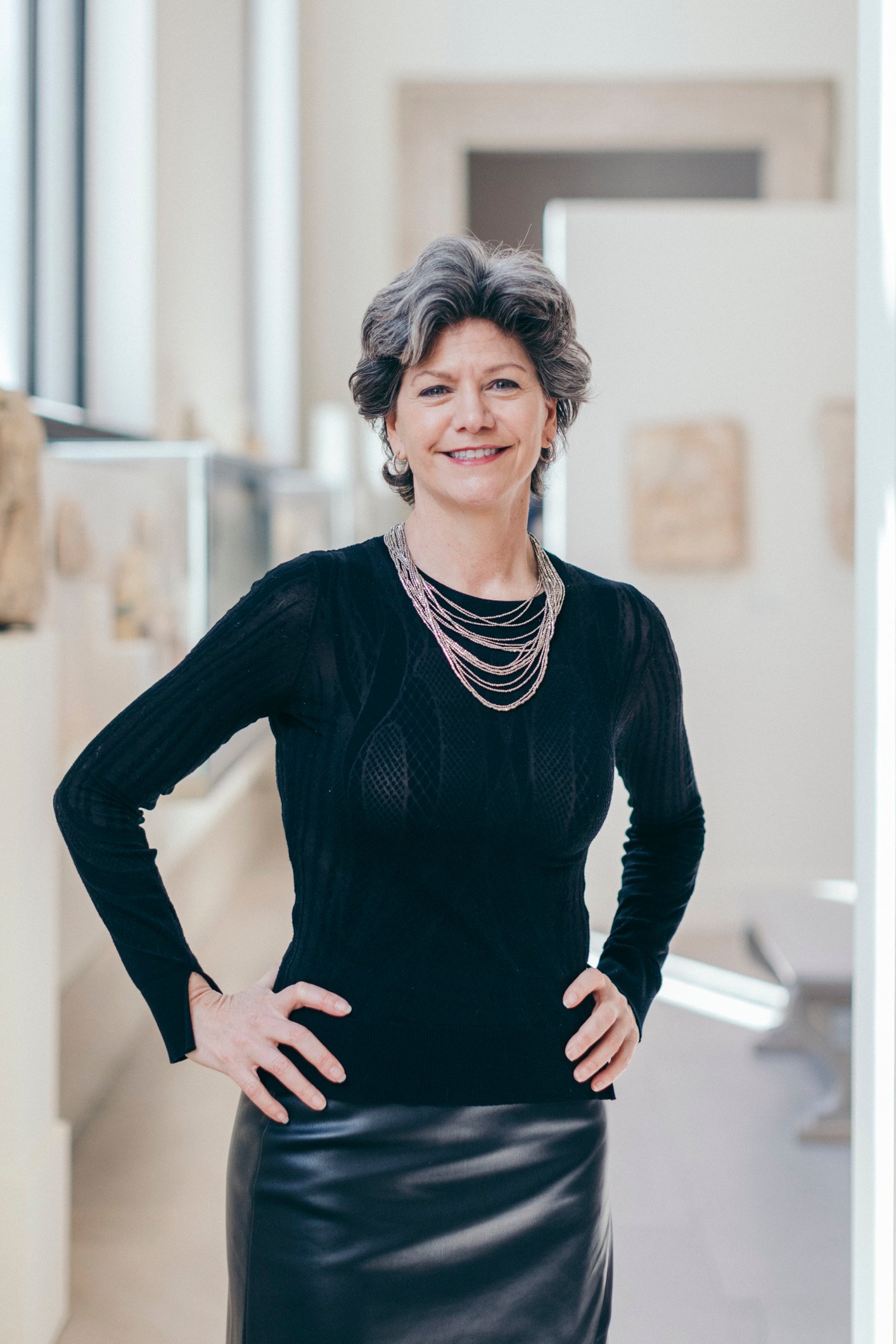
What It’s Like to Investigate Art Fraudsters and Fakes
Colette Loll, a former software CEO, chucked that gig for a second act as an art historian who specializes in sniffing out a certain type of virtuoso: the con artist.
Photograph by Johannes Worsoe Berg
What It’s Like to Be RBG’s Youngest Superfan
Michele Threefoot, 11

What It’s Like to Be RBG’s Youngest Superfan
Photograph courtesy of subject
What It’s Like to Be 101
Therrell Smith, 101
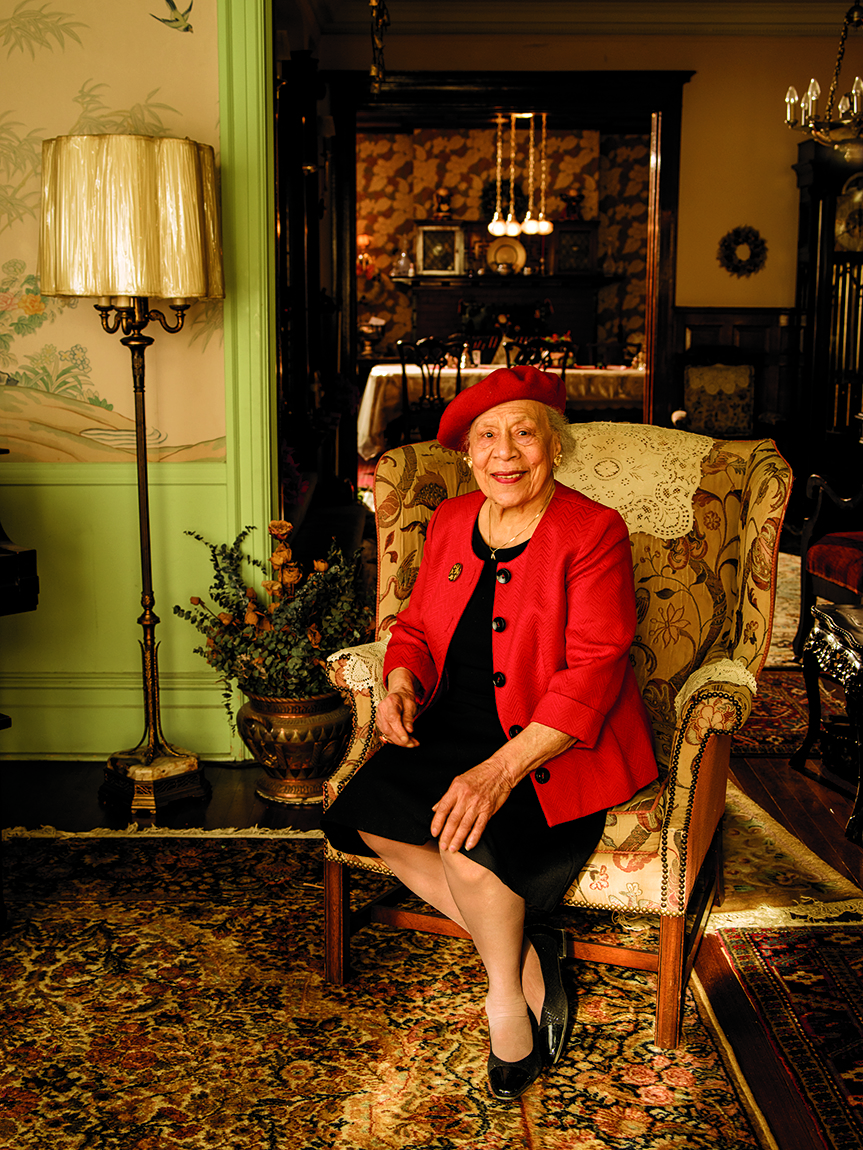
What It’s Like to Be 101
Former ballet teacher Therrell Smith has lived in her Logan Circle house since age 12.
Photograph by Greg Kahn
What It’s Like to Open a Business and Have a Baby in the Same Year
Stacey Khoury-Diaz, 30

What It’s Like to Open a Business and Have a Baby in the Same Year
Stacey Khoury-Diaz, owner of Dio Wine Bar on H Street, struggled with the stress of being a first-time entrepreneur and a first-time mom.
“I had the really crazy philosophy that there’s never a good time to have a kid, so I was like, ‘Well, let’s just do this now.’ If I could go back in time, that was the worst time to have a kid. I don’t have partners. And I was acting as the general manager of the bar. So almost every day, I would be there for opening, be there for closing. There were some nights where I’d get home at 3 am. Then I’d wake up and do it all over again the next day.
“One night, we had just a few people in the space, but they were really enjoying themselves, so I made the decision to stay open later to accommodate them. We were having great conversation, but I was feeling terrible. Just talking was exhausting, and it actually made me feel sick. When the last people walked out the door, I remember I had to sit down—not even in a chair. Behind the bar, I just sat on the floor. I was breathing hard.
“I never felt real regret, because it was something I wanted. But I think what was the most unsettling was that level of stress. I was stressed about my business, but that, combined with the stress of feeling like ‘Oh, this stress could cause me to lose my child,’ is just a whole other level.”
What It’s Like to Run a Women’s Prison
Margaret Chippendale, 67
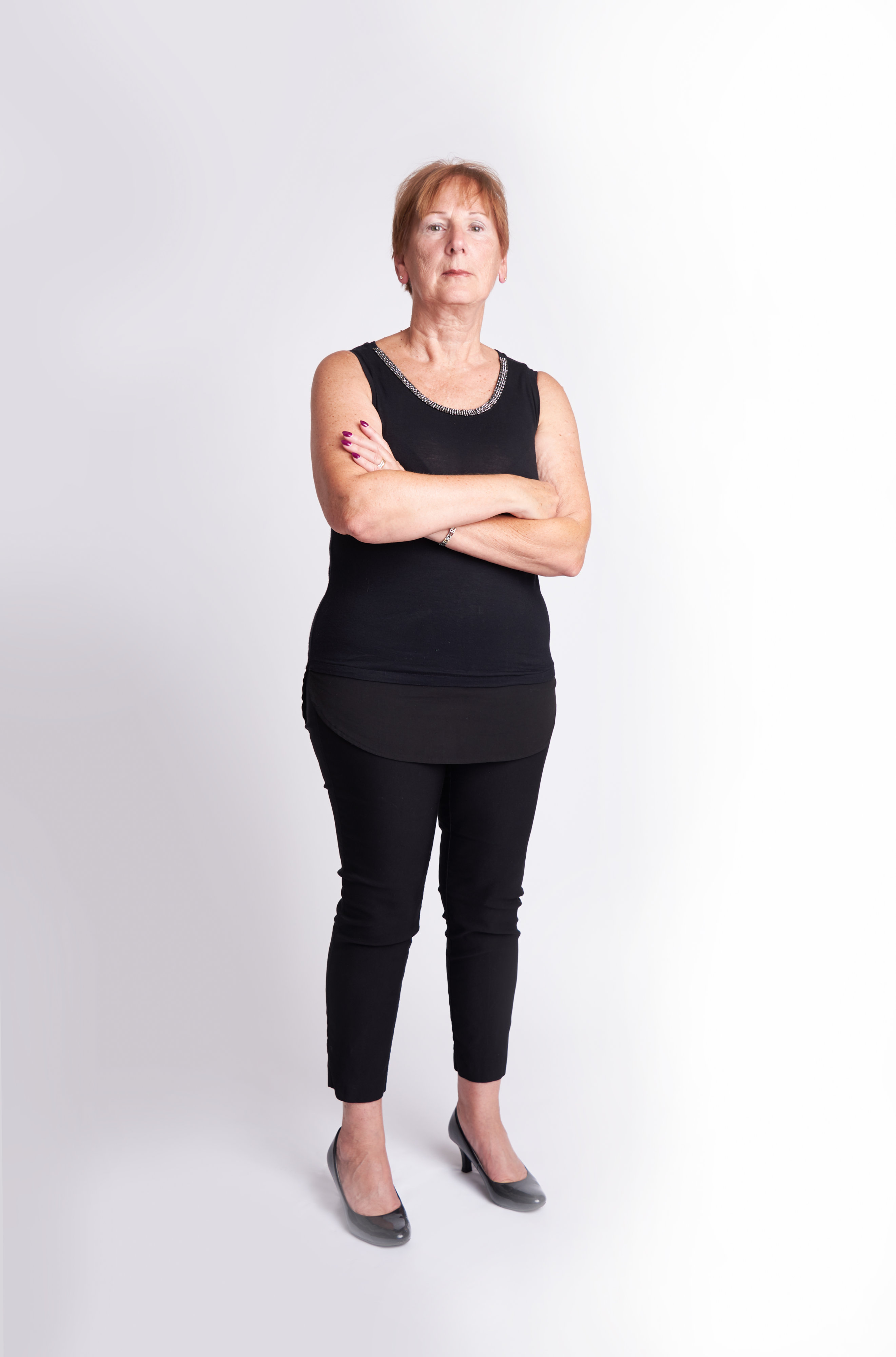
What It’s Like to Run a Women’s Prison
According to Margaret Chippendale, warden at the Maryland Correctional Institution for Women, it’s not quite like you see on TV—but it is a drama.
“When I was an assistant warden at a men’s prison, I had to deal with shanks and violence. Here, I deal with drama. I get about 70 to 80 inmate letters a week. ‘Warden, the hearing officer took good-conduct credits away from me—will you give them back?’ ‘Warden, I don’t like my cellmate, will you allow me to move cells?’
“When I would tell a male offender, ‘The answer is no,’ it was no. Here they’ll say, ‘Why?’ You have to be fair and firm. Not sympathetic but empathetic. We have 750 ladies right now. At least 80 percent are victims of trauma. When I’m making the rounds, if I don’t know their names, I’ll say, ‘Hello, ladies.’ It’s always ‘ladies.’ It personalizes it and makes them feel feminine.
“I’ve watched Orange Is the New Black. It exaggerates prison life, but all of those characters and issues do exist. For example, women creating unhealthy relationships. These relationships are very difficult for me and my staff to deal with. Today two people are in love. Tomorrow there’s a third person involved and they’re bickering and crying. Most of these ladies are not lesbians, but while here, women need human contact. We call it ‘gay for the stay.’
“We’re always looking for programs to keep them busy. We’re the only institution in the state that has cats—23 cats that offenders have adopted. When she goes home, she gets to take the cat with her. We have a master-gardener program. We have yoga and Pilates. We just opened a barbershop where we’ll teach hairstyling. We have women doing the payroll and clerical functions for the [Motor Vehicle Administration].
“I’ll have people say to me, ‘How do you go into that place with all those bad people every day?’ They’re not bad people—they just made bad choices. My passion is to have people leave here better than when they arrived. I don’t want them to come back.”
What It’s Like to Be a Punk Rocker
Katie Alice Greer, 31

What It’s Like to Be a Punk Rocker
Katie Alice Greer, frontwoman of the Priests, almost went into politics.
“I got a guitar when I was 13. Because I didn’t really have any formal musical training, I thought my songs were kind of fake. My parents said I had to go to college, and I came here to American University. I really thought I wanted to go into politics. I interned for my congressman, answering phone calls from constituents. I could tell that it wasn’t really where my heart was.
“DC is very much our band’s home. We’re all fascinated with how power works. We’re constantly taking in what’s happening—it all goes in the creativity blender. A lot of times, we almost think as if we’re making little movies. After discovering the political writer Thomas Frank and reading his book What’s the Matter with Kansas?, it was like: How can I write this screenplay for a little movie about Kansas? At some point, I think he saw his name crop up in interviews we had done. He reached out through a mutual friend, and we met him for Burmese food at Mandalay in Silver Spring. I felt a little like a fan. I think we took a picture after lunch.
“That younger Katie was very passionate, a little naive, but I think her heart was in the right place. I feel like I’ve come back to really, truly believing in and being passionate about the things that originally led me to politics in the first place.”
Photograph by Rick Kern/WireImage
What It’s Like to Portray a Slave
Mary Carter, 38

What It’s Like to Portray a Slave
Mary Carter is an actor-interpreter at Colonial Williamsburg who portrays Aggy of Turkey Island, an enslaved servant who bore two of her master’s children.
“When I started doing first-person character work, I was overwhelmed. I had a total mental break within ten days on the job. I am a mixed-race woman, and for the first time, I was hitting, hard, people’s expectations of what an enslaved person looks like. Now I know that I am only one script away from having another crash. I don’t know what question I’ll get asked from a guest. But it will happen again.
“I notice a lot of people trying to turn Aggy’s story into something that makes them more comfortable. One question I get a lot: ‘Is there love in this relationship?’ Our guests understand that enslaved women are being raped by their masters, but they want to dismiss it if there is love. But the second you tell me she can’t love him—she’s not human enough to find love in even the most difficult circumstances—that can be just as dehumanizing as what’s happening to her. I try to make them understand she’s working with what she’s been given. She was born into slavery, and she is fighting every chance she gets for her own agency.”
Photograph courtesy of Colonial Williamsburg Foundation.

What It’s Like to Be the First—Paid—Female Chief of Staff to the Speaker of the House
Technically, she’s not the first ever, but Nancy Pelosi’s new right hand, Terri McCullough, *is* the first woman who isn’t doing the job for free.
First job in Washington: Pelosi intern.
Previous gig: CEO of No Ceilings: The Full Participation Project, a gender-equality initiative.
Biggest public misconception about her job: “That there’s a top-down approach to leadership, and that when you’re the speaker there is, too.”
Pleasant surprise: “Women who have come after me in this realm don’t start out seeming to be hung up by thinking you have to learn, learn, learn before you can speak and contribute. That this whole thing of ensuring that you’re overprepared doesn’t have to be something that you’re bound by.”
Typical day at the office: “You look at your calendar, and then you sort of throw it away halfway through the day.”
About that salary: It’s $172,500—the most a congressional staffer can make.
What It’s Like to Be a Biker
“One time, Martha and I were pulled over and some tough guy walked up and asked me, ‘Can you handle that thing?’ I was like, ‘Well, I rode it here.’ ” —Anya Gladun, 32

What It’s Like to Be a Biker
Being a new motorcycle rider can be intimidating—so last year, Martha Lee, Stacey Simmons, and Anya Gladun sat down over beers and hashed out the details for their own movable sanctuary: a women’s-only riding group, the Litas DC. It’s not a club per se—there’s no hierarchy and no must-dos. More of a “sisterhood,” as one member puts it, and for some a welcome escape from the usual tribes that tend to define our city. “Everyone is so desperate to put others in boxes—white, brown, LGBT+, straight, Democrat, Republican,” says rider Kayla Elias. “In this community, none of those labels matters but one: biker.”
Standing, left to right:
Martha Lee, 24
Silver Spring; program analyst at a hospital
1996 Harley-Davidson Sportster 883
Daniela Paz, 27
Adams Morgan; people-operations lead at Curiosity Media
2019 Triumph Speed Twin
Megan Gates, 28
Fort Totten; senior editor, Security Management magazine
2015 Yamaha SR400
Sharrae Allen, 29
Brookland; operations coordinator for a lobbying group
1985 Honda Nighthawk 450
Meagan Stolarski, 28
Germantown; project manager at a solar company
2016 Ducati Scrambler
Danielle Taylor, 30
Woodley Park; survey statistician for the Census Bureau
2014 Kawasaki Ninja 650
Seated, left to right:
Katherine Sydor, 37
Brookland; federal worker
1996 Harley-Davidson Fatboy
Margery Waithaka, 28
Arlington; programmer at a government research agency
1999 Suzuki Savage 650
Lauren Dvora, 25
Bloomingdale; UX designer
2008 Yamaha XT250
Stacey Simmons, 36
H Street; web designer/developer, bartender, yoga instructor
2006 Yamaha Virago
Anya Gladun, 32
Fairfax; tattoo artist.
2014 Moto Guzzi V7 Stone
Danielle Koran, 36
Potomac Falls; IT operations management
2016 BMW R1200R Custom
Ari Deeley, 31
Mount Pleasant; social worker
2007 Suzuki SV650
Photograph by Evelyn Hockstein
What It’s Like to Sue Your Employer for Gender Discrimination
Kerrie Campbell, 57

What It’s Like to Sue Your Employer for Gender Discrimination
Kerrie Campbell, an ex-partner at Chadbourne & Parke, sued her firm—essentially torching her Big Law career.
“After I’d been there a while, there was a distribution of information. I was in the top 20 or higher for revenue generation but like the bottom third in compensation—it was horrific. I’d had 29 years in the business. I started asking questions. I got the sense that it was a very bad thing to suggest the all-male management committee be questioned about anything. My pay seemed to get smaller. My staffing got less. One day, the managing partner came in to say I’d have to leave. At that point, I had generated about $5 million in two years. I was so grief-stricken.
“It’s a big deal to take on Big Law, because you’re not going to be able to get another job. I tell my women plaintiffs you have to be prepared that they’ll call you a nut or a slut or dumb. In my case, I had unwavering conviction that the lawsuit was the right thing to do. That was reinforced on day one, when it became public. People I didn’t even know called and texted to say, ‘You go, girl.’ By the time it ended, there were two other named plaintiffs. [The firm settled for $3 million–plus.] But I had to figure out how to reinvent myself. I started my own firm. I joined the Time’s Up legal defense fund [after #MeToo took hold], and over the first six months of that, I got three discrimination cases. I have never, ever regretted for one second speaking up and taking a stand—not for one second.”
What It’s Like to Be a Cop and a Pro Boxer at the Same Time
Tiara Brown, 31

What It’s Like to Be a Cop and a Pro Boxer at the Same Time
Tiara Brown, the Metropolitan Police Department’s Officer of the Year and the holder of four amateur and pro boxing titles, virtually works a second shift in the ring to keep up her undefeated (8–0) record. A day in her life:
Photographs courtesy of subject

What It’s Like to Be Mistaken for the Staff When You’re the Owner
Jill Tyler runs the Michelin-starred restaurant Tail Up Goat in Adams Morgan. She’s 35. And yes, she’s the boss—really.
What It’s Like to Run a TV Network
Paula Kerger, 61

What It’s Like to Run a TV Network
Paula Kerger brought you Downton Abbey and canned Charlie Rose. President of PBS for 13 years, she just reupped her contract to stay through 2024.
“My predecessors were really smart people who knew a lot about media but didn’t understand the other half—fundraising—as well as I did. I had fundraised for the Metropolitan Opera and the public-television station in New York. At PBS, money is always an issue. I mean, Netflix spent as much on a single season of The Crown as we did on our entire full-year programming budget. And when President Trump zeroes out PBS on the federal budget, I think it reminds the public that PBS is vulnerable. Then I worry about the competition. I tried really hard to get the John Adams series that HBO got, but I couldn’t have afforded it.
“The #MeToo stuff is hard. When we got the call about Charlie Rose, it was a Monday and I was home trying to get organized for Thanksgiving dinner. We had gotten a call from the Washington Post saying, ‘We’re writing a story on Charlie Rose, and we have questions for you.’ He had already taped the show for that night. We suspended it. Then, after reading all of the information carefully, by the next day we knew we were done. He was a very big, visible face. To lose your 11 o’clock show—and then, the next day, Tuesday, we got a call from a woman saying, ‘I have a story about Tavis Smiley [and harassment allegations].’ It happened right against each other. In less than a month, we’d wiped out our late-night programming.
“I think my decisions had less to do with the fact that I’m a woman and more that the most important attribute about PBS is that people trust us. I use that as a lens for every decision that we make.”
Photograph by David Butow/Redux
What It’s Like to Be a Badass of Go-Go
Michelle Blackwell, “40s”

What It’s Like to Be a Badass of Go-Go
Michelle Blackwell manages and sings in the WHAT?! Band, a staple of the scene.
“In 2006, the first time we had a go-go awards ceremony since I was in a band, the only category for women was Sexiest Female Lead. I did my personal blog about it—I was outraged. There are women managers! They changed the category to Best Female Lead. I was still a nominee. But by ‘coincidence,’ when the categories were read aloud at the ceremony, my name was the only one not mentioned—wasn’t even on the screen. It was like an audible gasp in the room. I didn’t win. That felt like my punishment for speaking out. But I actually won the award the next year, when another radio station put on the show.
“I’ve been the manager for almost as long as WHAT?! Band has been together, which has been a very complicated experience. There’s usually just one woman in a band and, like, nine guys, and there are almost no female promoters. Whether it’s me setting the salary or handling discipline, that has proven difficult at times. The men aren’t necessarily too thrilled about taking direction from a woman. The B-word has been thrown around over the years. I walk through the club a lot and I hear men say, ‘Smile girl.’ I think: Do you tell guys to smile?”
What It’s Like to Argue at the Supreme Court
Melissa Sherry, 41

What It’s Like to Argue at the Supreme Court
Melissa Sherry, a partner at Latham & Watkins and one of a small group of women who argue at the high court, remembers her first time in front of the justices.
“At the very end of my first argument—the case was about railroad discrimination in taxes—Justice Scalia asked a question. I launched into a long answer, and right when I got to the key point, the red light went on. My time was up. I looked up at the chief justice and asked, ‘May I finish?’
“He said, ‘You can finish your sentence.’
“Justice Scalia jumped in and said, ‘Well, you can use a lot of conjunctions.’
“Then the chief jumped back in and said, ‘Don’t you dare.’
“If you look at the transcripts, after that it says something like ‘laughter.’ That gave me an extra 30 seconds to figure out how I was going to fit a complicated thought into one sentence.
“There are lawyers who can think on their feet and go with the flow. I’m a much different model. I spend a lot of time preparing. I learned that from my first mentor at the firm. She had an intense process where she’d read the entire record and go over it and over it. She would have hundreds of questions. I tried to copy her and fairly quickly realized that you can follow what other people do, but you need to modify it to what works for you. The 24 hours leading up to argument are scary, but the second I get up there, there is such a feeling of exhilaration and adrenaline.”
Photograph courtesy of subject
What It’s Like to Be a Stay-at-Home Mom
Sarah Hanks, 38

What It’s Like to Be a Stay-at-Home Mom
Other women can be judgey, says Sarah Hanks, a Capitol Hill mother of three.
“For the first year of my oldest son’s life, I suffered from postpartum depression, and I went to talk therapy. I was still working full-time, teaching at KIPP Academy, and the counselor was telling me, ‘I don’t think you are able to do this or that you want to do this.’ I was surprised. I think, if we’re being really honest, I had so much confusion about it. I was a very good middle-school teacher. When my kids were born, it was a revelation to me that I wasn’t my best teacher anymore. It was hard for me to acknowledge that I couldn’t do both.
“It takes a very strong woman to stay home because you get a lot of ‘Did you go to college?’ Yeah, I did! The stay-at-home moms here are highly educated. It’s all these women with master’s degrees and PhDs. You get a lot of ‘What did you do before your kids were born?’ ‘What do you do for a living?’ I confidently answer, ‘I stay at home with my kids and homeschool them.’ It usually gets a stand-back reaction like, ‘Are you serious? Are you kidding?’ You have to not be defensive but have a reason. You have to be ready to explain why you do what you do and what you love about it.”
Photograph courtesy of subject
What It’s Like to Create a Woman-Friendly Workplace
Carmel Greer, 39
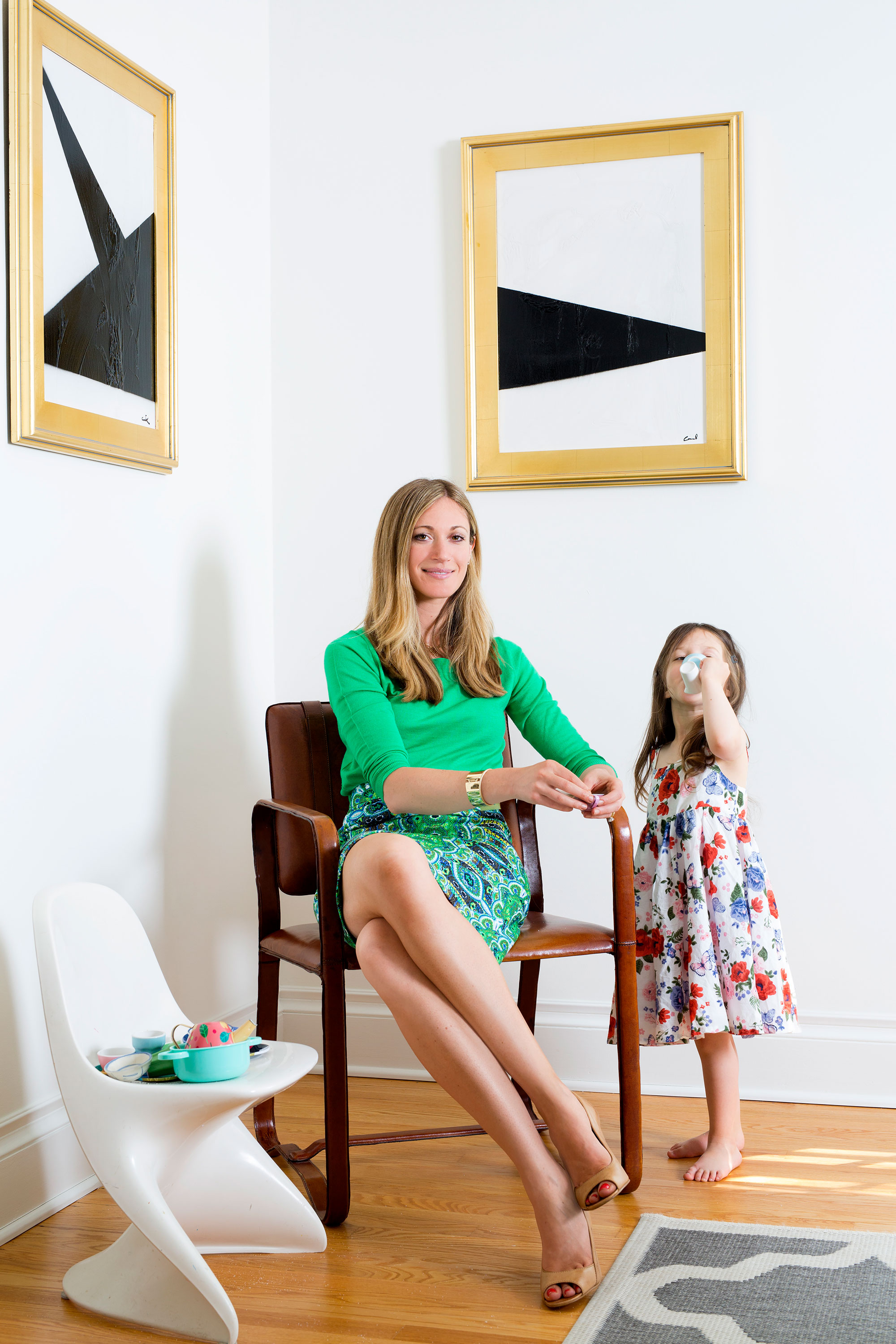
What It’s Like to Create a Woman-Friendly Workplace
In-demand residential architect Carmel Greer, owner of District Design—and mother of four—will never make another mom stay late.
Photograph by Stacy Zarin Goldberg
What It’s Like to Be White House Press Secretary
Stephanie Grisham, 43
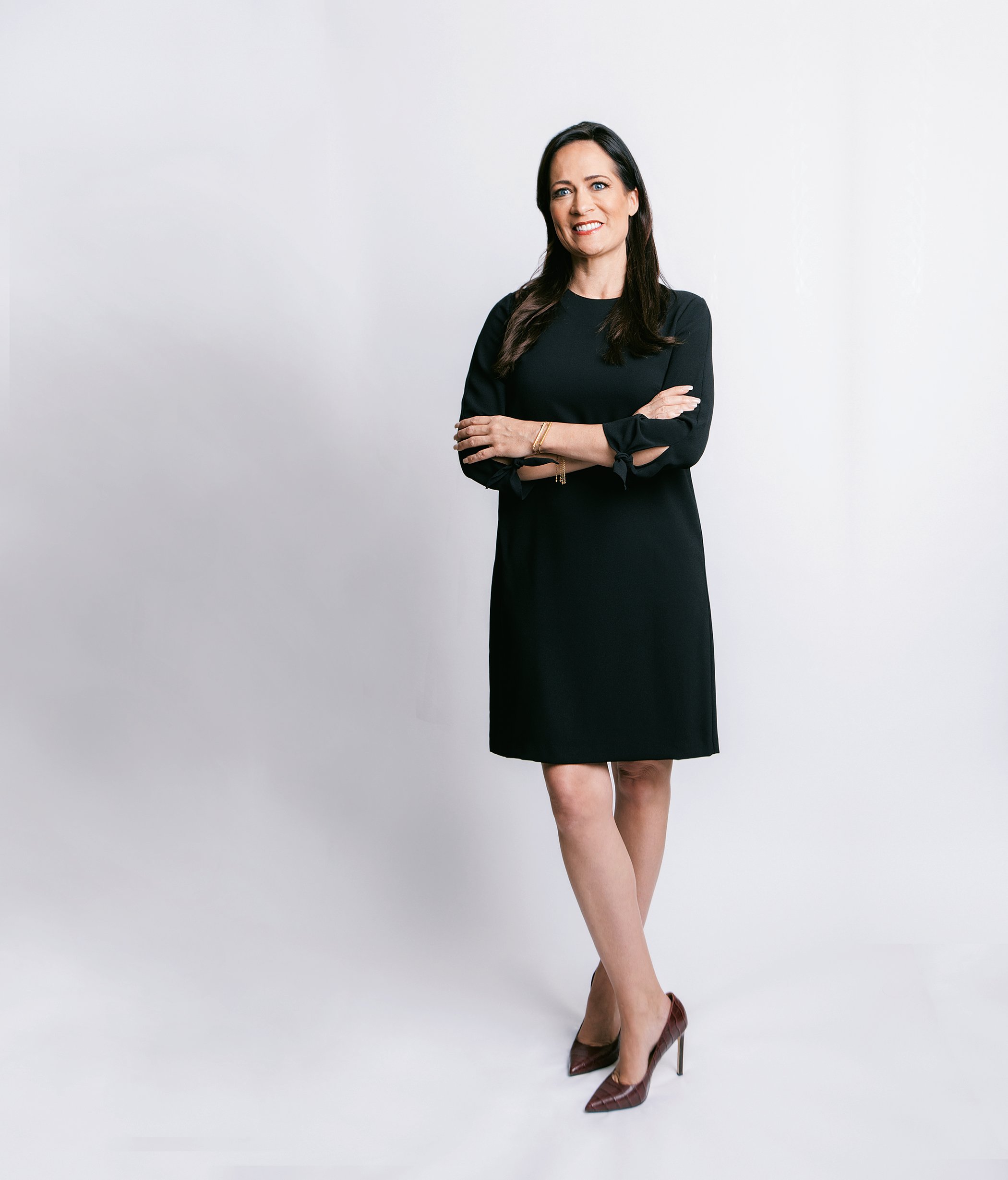
What It’s Like to Be White House Press Secretary
Stephanie Grisham flacks for the First Lady, runs West Wing communications, and is spokeswoman for the President who likes to speak for himself.
You’re new to the job: Are there changes you want to make?
“I spent the first weeks trying to meet with all of the staff. Obviously, it’s unique because I’m doing comms and press, so it’s a lot of people. I want to make sure everybody is as happy as is realistic. I’ve been trying to schedule meetings with members of the media—I want them to tell me how things could be better and give them my thought on how I think things will run going forward. We obviously don’t do daily briefings right now, so I want to be accessible via any other means possible.”
Is that standard practice when it comes to regime change in the press secretary’s office?
“I don’t know. Sadly, Sarah [Huckabee Sanders] and I were able to talk for about 30 minutes prior to her departure. I have a list of questions for her.”
What’s the process when a reporter asks you for comment on something?
“Most of the inquiries I get, the President has made his position clear on. So I’ll point people to a tweet or a statement he already made, or sometimes I’ll just answer it because I know it’s in line with what he has said.”
What do you think is the most striking misconception about you?
“I think because I was in the East Wing for so long, and because the statements that I put out sometimes could be seen as acerbic [early on, she called Ivana Trump’s claims of being the real First Lady ‘self-serving noise’], people just assume that I’m kind of cold or mean, and I’m not. I have the normal everyday issues everybody has. I deal with sick parents, I get nervous for my kids.”
Does it upset you when people say you’re cold?
“Oh, definitely.”
Is there an article you’ve seen about yourself or a comment that stands out?
“No, but honestly, I’ve kind of stopped reading stories.”
Hair and makeup on Grisham by Alexis Arenas at THE Artist Agency; Photograph by Malek Naz Freidouni
What It’s Like to Be Homeless
Pertrina Thomas, 63
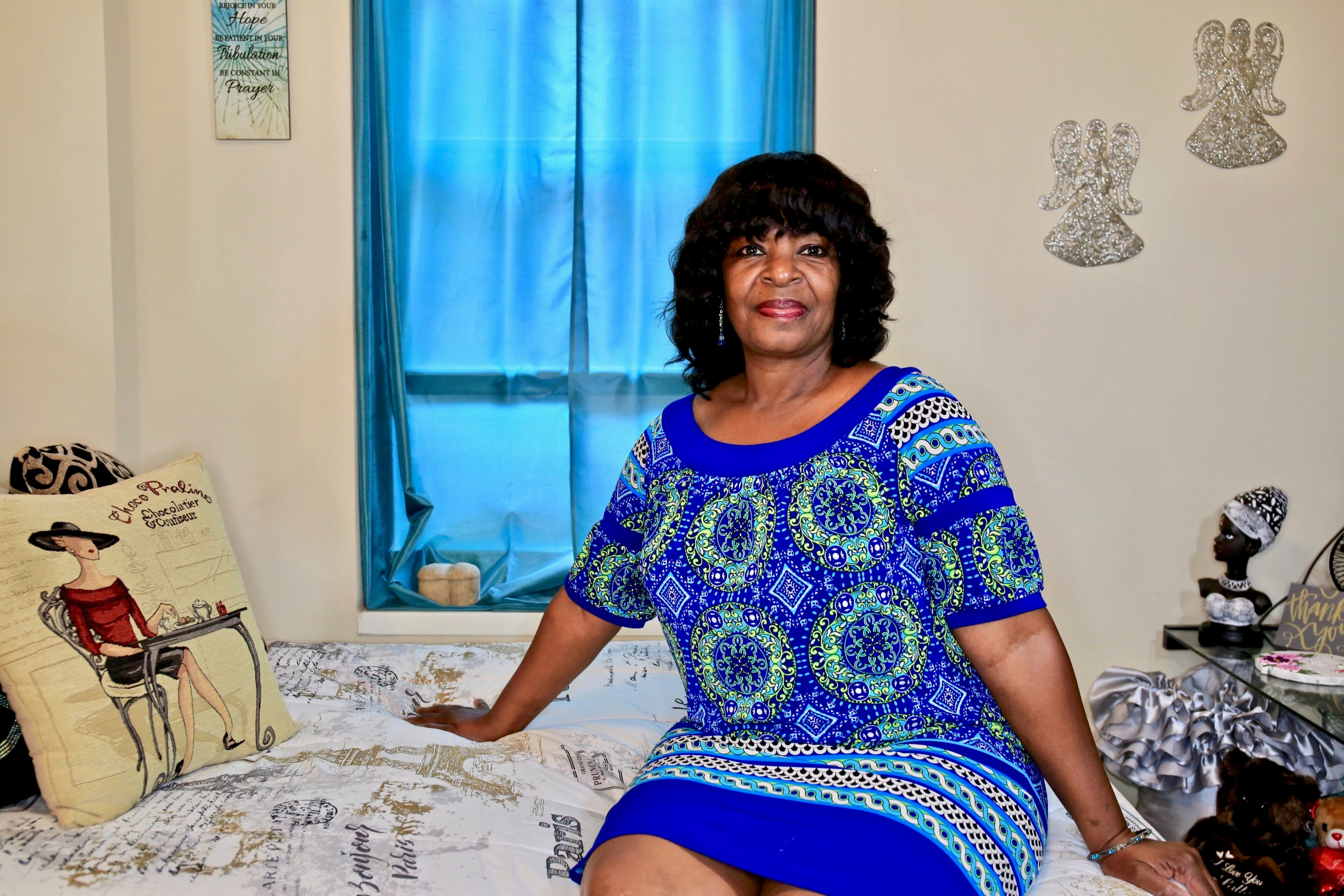
What It’s Like to Be Homeless
Pertrina Thomas bounced between jail and the street for 20 years before moving into N Street Village, a women’s shelter.
“Before all this happened, I worked for law firms downtown. I worked for the US Senate. Some good things happened in my life—I have two kids. I was drinking and drugging, and I lost my apartment. My mother took on responsibilities. My brothers and sisters helped. The pain that I probably created—that’s part of why I stayed out there for so long. I really thought I was gone. I had given up. N Street came and got me.
“I’m focused on my recovery while I’m here. I don’t have paraphernalia. But I do have books in front of me. I had to laugh when I realized it’s really that simple. Three days out of the week, I volunteer—I speak at St. Elizabeths. I speak at AA meetings.
“You come in here like it’s your own apartment. These things are motivators—you want to feel good, like your home is your castle. You’re grabbing back at society, you want to live normal. I decorated my room just like it’s my own apartment. Little things that you think don’t matter—you’d be surprised how they matter. I said, ‘A clean bed, a clean head.’ I’ve been here two years, and my mind is clean and sober now.”
Photograph by Evy Mages

What It’s Like to Be Norah O’Donnell
The new anchor of CBS Evening News is back in Washington, helming the broadcast from her hometown.
Photographs by Michele Crowe/CBS
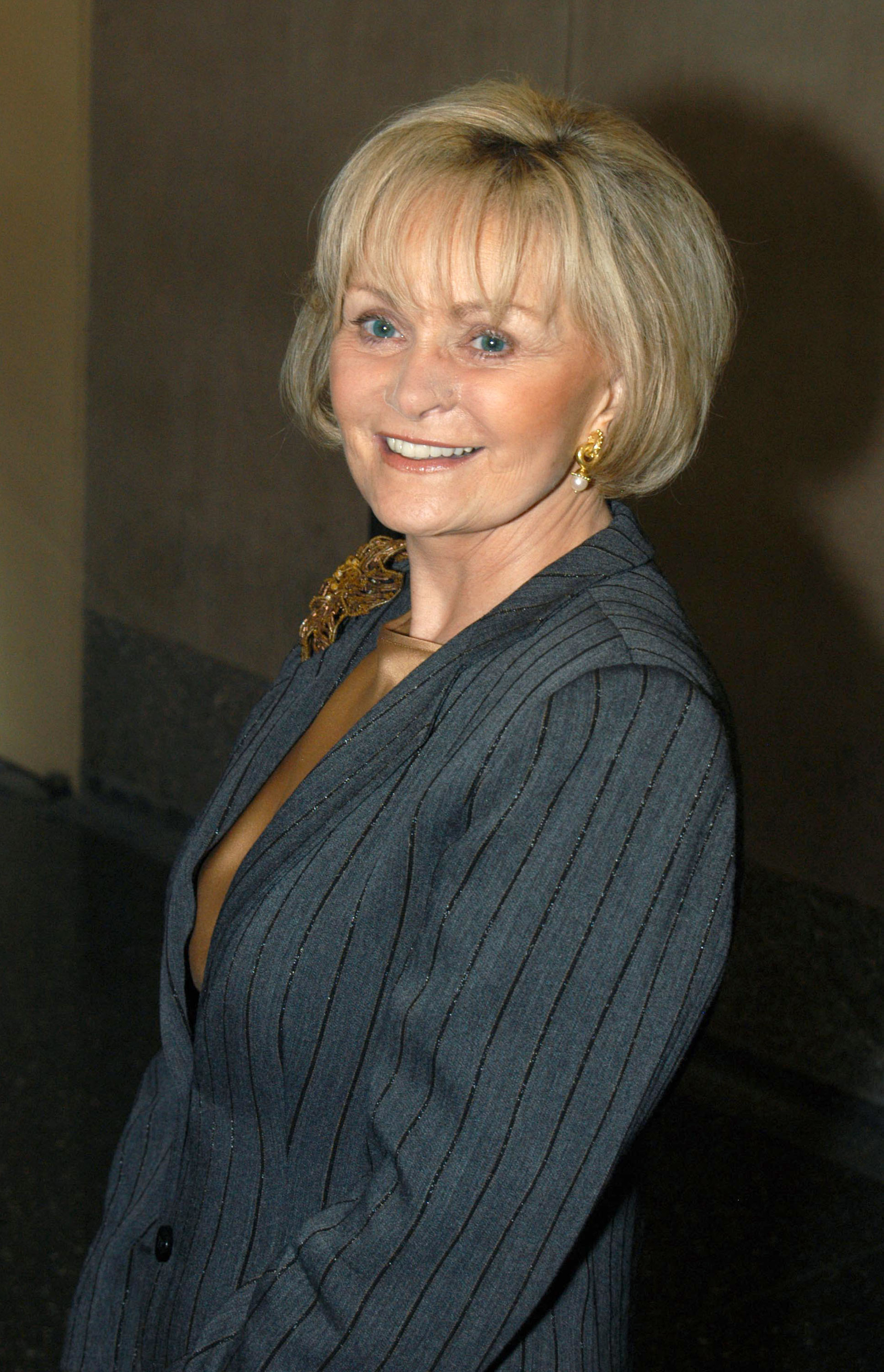
What It’s Like to Be Kitty Kelley
At 77, the author of sizzlers about powerbrokers and stars is busy cataloguing her massive personal library and wondering if there’ll ever be anyone interesting to write about again.
“I’ve been in DC since, let’s see . . . since Abraham Lincoln was President! I came to help with Senator Eugene McCarthy’s Foreign Relations Committee mail for a six-week stint, but I ended up in his Senate office and stayed four years. I remember that his personal secretary, who looked like she had been on the job 102 years, took one look at me and said, ‘Can she type or take shorthand?’ McCarthy replied, ‘We don’t ask the impossible of anyone around here.’ I thought, This guy has got a great sense of humor.
“When I left the Hill in 1968, I became the researcher for the Washington Post editorial page. After two fabulous years at the paper, I got a book contract to investigate the beauty-spa industry. Since I weighed three pounds less than a horse, I signed fast and saddled up to visit every fat farm in the country. I got myself down to pony size, and the book probably sold 14 copies—all to my mother.
“Then I backed into writing biographies, beginning with Jackie Oh! I love the genre, but writing an unauthorized biography brings its challenges. The subjects I’ve chosen are extremely powerful public figures who’ve had a vast impact on our lives and are fully invested in their images. Consequently, the blowback can be considerable.
“I remember when my Nancy Reagan book came out in 1991, my late husband, John, who was courting me at the time, took me to Bice, then a real hot spot in DC. As we walked in, a man stood up and started yelling, ‘Booooo! Get that bitch out of here! Boo! Boo!’ John turned around to see who the guy was yelling at. I knew and looked straight ahead, praying not to cry. The man kept yelling, everyone turned to look, and then a woman on the other side of the restaurant started yelling, ‘No, no—she’s brave!’ The two of them went at each other, and the restaurant suddenly looked like tennis at Wimbledon, turning from one side to the other. The maître d’ brought us to a table, and John buried himself in the wine list. Then a guy from the middle of the room threw his napkin on the floor and headed for our table. I thought for sure we were goners. He spread out his arms and embraced me: ‘Kitty, you don’t know me, but I’m going to stand here until this stops.’ It was Tony Coehlo, the majority whip in the House of Representatives. I introduced him to John, who said, ‘Congressman, you go in the will.’ John told me later he was going to propose over dinner but was so flummoxed by what happened, he put it off for 24 hours.
“My Bush-family book drew fire from the White House, the Republican National Committee, and the GOP leader in the House of Representatives. I framed all the cartoons and hung them where they belong—in the loo. My favorite is the bubble-headed blonde in Chanel shoes parachuting into Saddam Hussein’s bunker, scattering the armed guards, who yell, ‘Run for your lives! It’s Kitty Kelley!’
“I don’t write about just anybody. I only choose huge figures who have manufactured a public image. I’m fascinated to find out what they’re really like. I’m not doing another great big bio simply because, at this moment in time, I don’t want to know what anyone out there is really like. Certainly not Trump. Melania? Oh, definitely not.
“I’ve already done seven New York Times bestsellers. I can’t say that I loved doing them, but I sure loved finishing them.”
Photograph by Derek Storm/FilmMagic
What It’s Like to Work at an All-Boys School
Teresa Lasley, 38

What It’s Like to Work at an All-Boys School
Teresa Lasley teaches tenth-grade English at Ron Brown High School, a public school in Northeast DC.
“My first conversation around misogyny with the students was alarming. I heard one of them talking about a young lady they were dating. My first comment was ‘That’s someone’s daughter you’re talking about.’ They were like, ‘You can hear us?’ They were being very dismissive. So I say, ‘Is anyone’s mom dating? Someone could be saying this about your mom to his friends in the middle of a house party. What does that make you feel like?’
“If no one is saying this language is not okay, then they’ll keep talking like this. So it’s my duty to correct it and to open up the conversation. I’ve got to use my voice. Culture before instruction—sometimes you’ve got to let go of English, because that’s not what’s important that day.”
What It’s Like to Work at Brett Kavanaugh’s Alma Mater
Karen Napolitano, 55
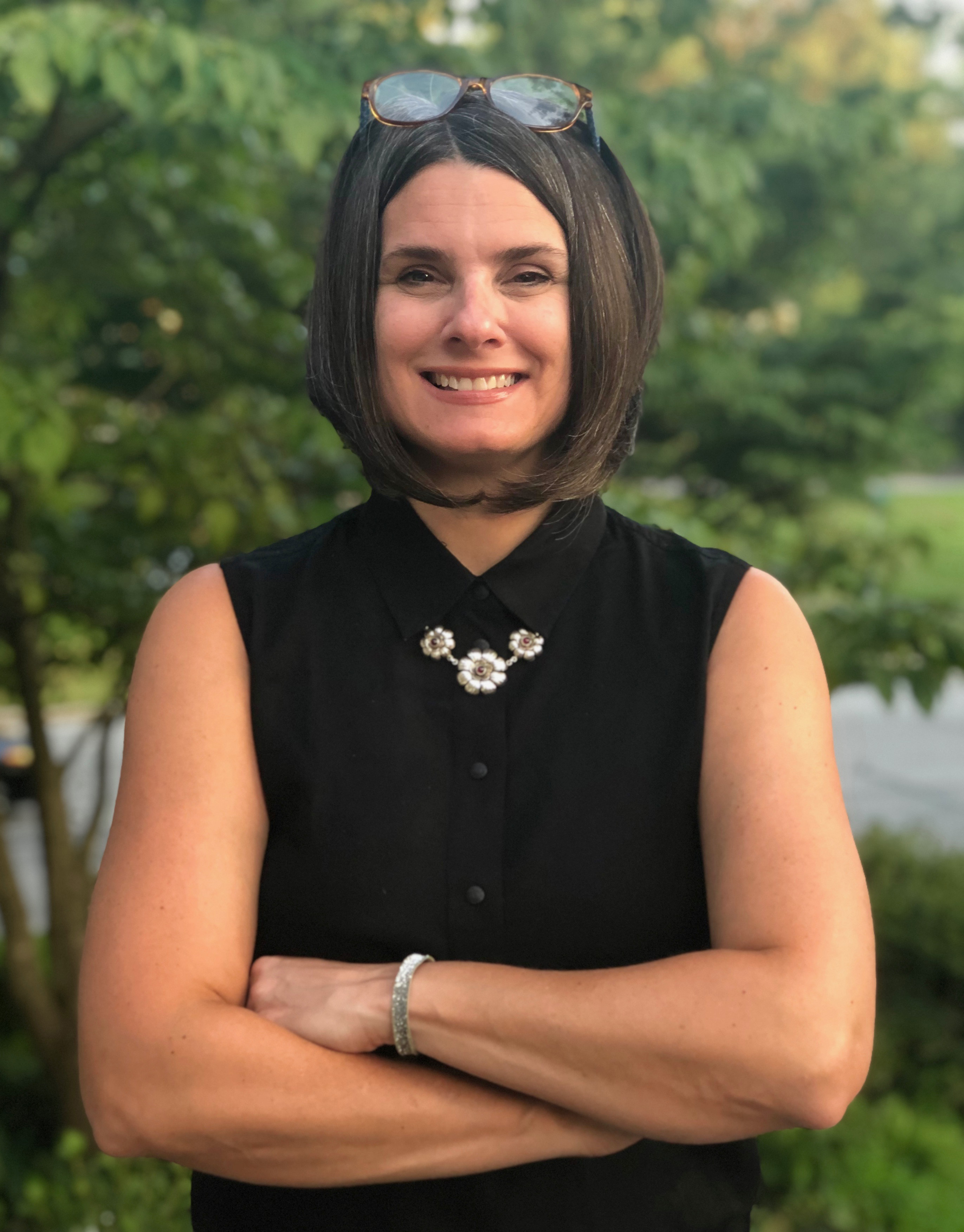
What It’s Like to Work at Brett Kavanaugh’s Alma Mater
Until this past summer, Karen Napolitano, Georgetown Prep’s director of counseling, was the only woman on its leadership team.
“Students will confide to me things they may not necessarily share with a male faculty member. I think they migrate to me when they’re struggling. I’m reluctant to use this word, but kind of like the ‘mom face’ to talk to. To borrow something I heard from another woman in a similar position [an administrator at the Jesuit Schools Network], Dr. Kristin Ross Cully: You represent the other.
“You represent the other for any kid who might fall outside what a mainstream all-boys Jesuit high-school student is like and who might also feel like the other. For the kid who may be part of the racial minority or the economic minority or the minority for sexual orientation. They wear khaki pants and ties and blue blazers, but underneath there is quite a rich diversity. As the sole woman until now, I am like the face of the other, and I think that helps students who may feel like they don’t belong.
“During Justice Kavanaugh’s confirmation hearings, there were certainly conversations among the students, just out of curiosity, to find themselves at a school that was getting national attention. There were reporters outside of the gates and stuff that we saw, but not that had a deep impact on what was going on on campus that I experienced, certainly. I think the spotlight glare felt bigger on the outside than it did on campus.”
Photograph courtesy of subject
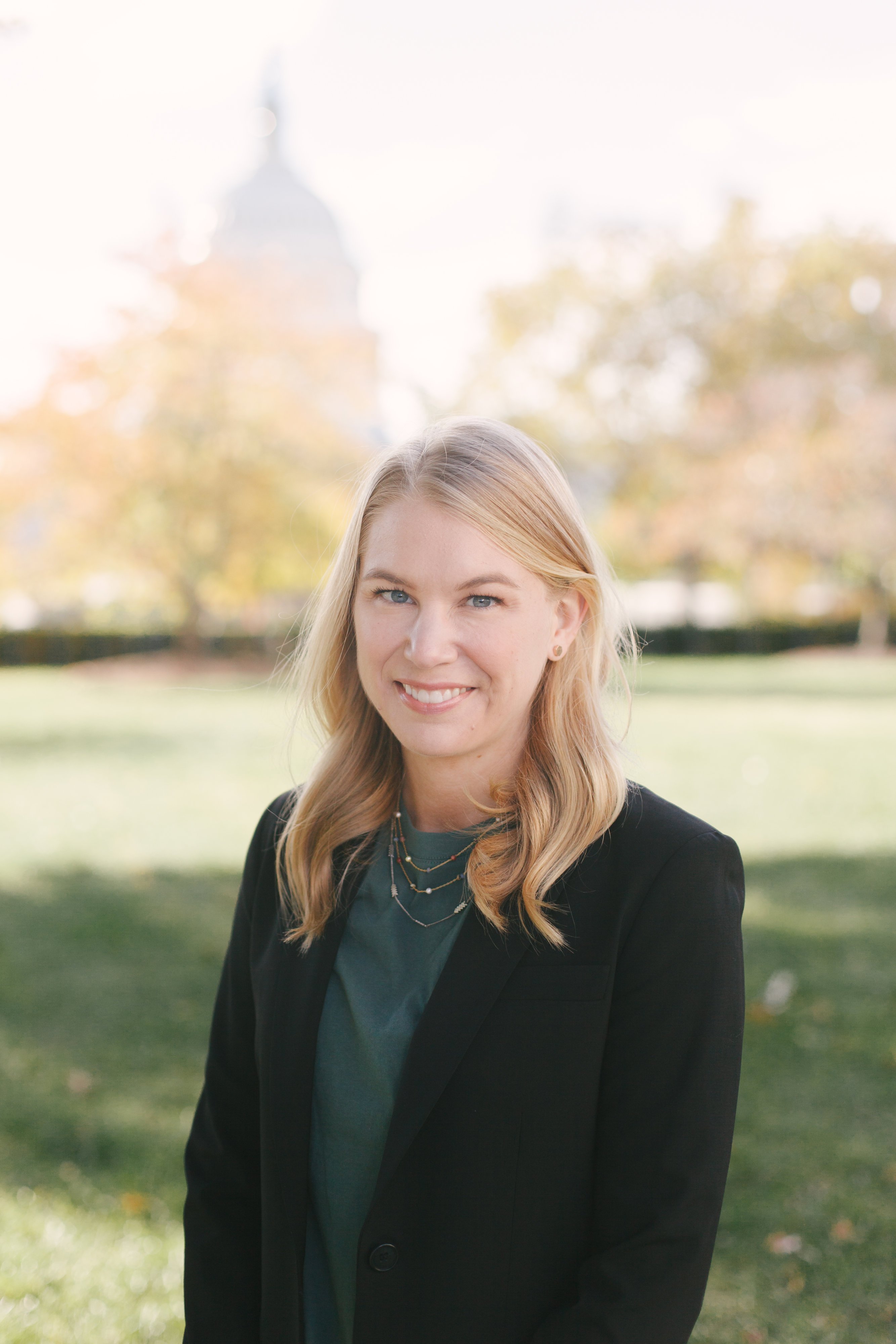
What It’s Like to Try to Stop Sexual Harassment in the Workplace
Ally Coll was one of the first to publicly share her Capitol Hill #MeToo story. She had been a Hill staffer, then a litigator at Boies Schiller—the firm whose chairman represented Harvey Weinstein. She left to start the Purple Campaign, working to improve HR policies both on the Hill and in the private sector.
“It was a huge risk to leave my firm. I was nervous about challenging David Boies, who is arguably the most famous lawyer in the country. One thing I didn’t anticipate is that when you care so much about the work that you do, it can be very hard to put it away. In the early days especially, I felt so much pressure—the stress of entrepreneurship and being the final decision-maker. When I get overwhelmed, I reframe to think about how I’m helping other people. I switch tasks—if there’s something on my to-do list that involves a more direct support of a survivor, I’ll do that first.
“Our focus now is developing a corporate certification program to recognize companies with policies to address harassment. It’s a serious evaluation. We ask questions like ‘How are you currently training your employees? Is it in person?’ We’ve also been doing #MeToo meetups in DC, for people to connect—‘How did you deal with this? Do you have a good lawyer?’—in an informal way. And I talk a lot with people on the Hill. Congress improved its own HR policies, but there’s still more to fight for. An earlier version of the legislation that passed had provided paid-for legal representation for people coming forward. As a lawyer, I know very well the difference that makes for a claimant. I also know, as a former broke twentysomething here, that many people cannot afford to hire their own lawyer. That ended up getting dropped from the final bill, and I think that’s a shame.”
Photograph by Alexa Seidl MacKinnon Photography
What It’s Like to Write Instant Bestsellers
Sarah Blake, 58
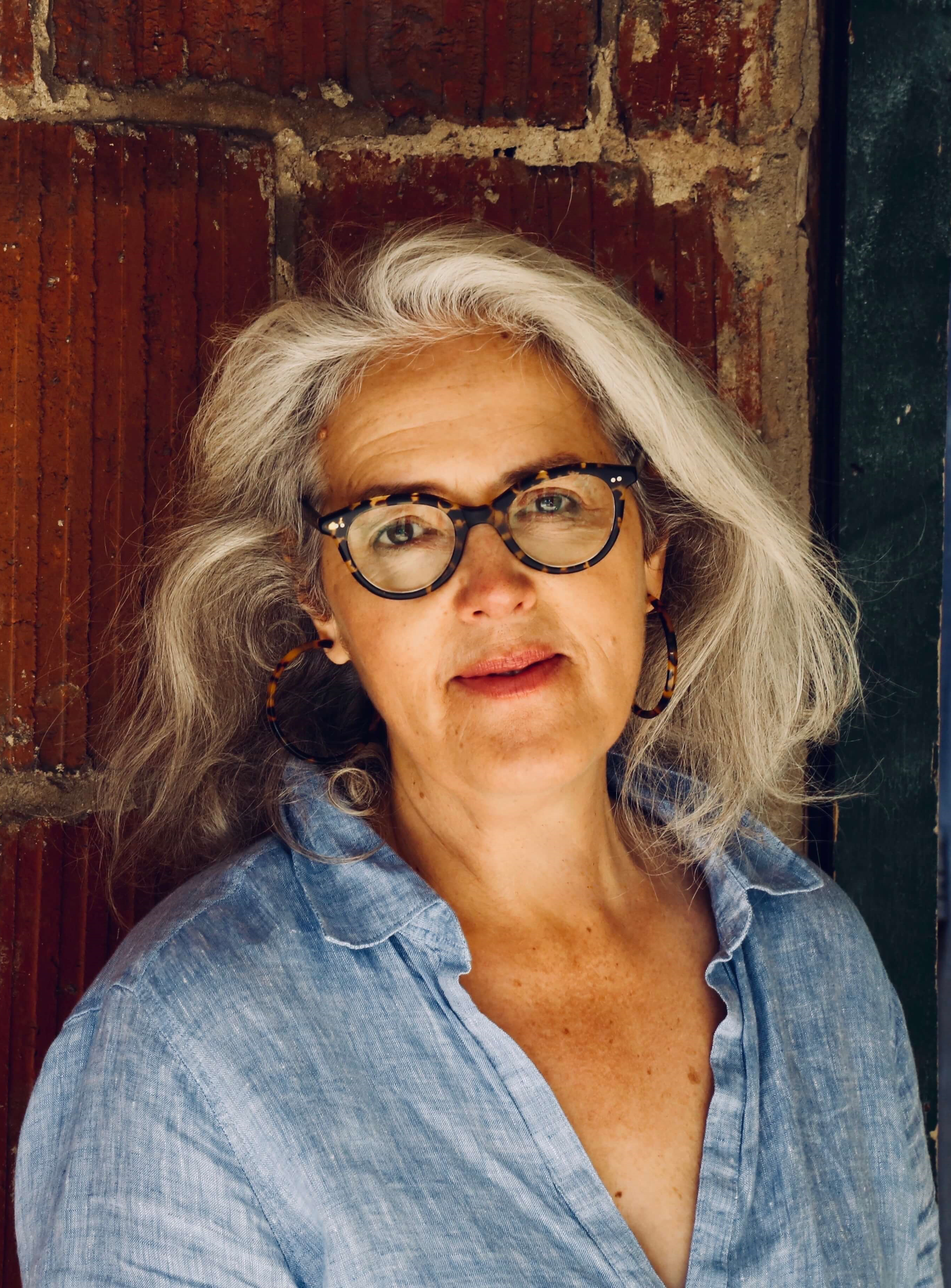
What It’s Like to Write Instant Bestsellers
In a town better known for churning out political thrillers and tell-alls, Sarah Blake committed to romantic prose and produced three novels, including this year’s “The Guest Book.”
“I taught high school for two years just two years ago, because I was going crazy trying to finish The Guest Book. The dance between being in the world and being away from the world that is necessary for fiction writing is hard. Then if you’re also raising children, how to get that in balance? I get up around 5. I immediately make coffee. Then I work for a couple hours before there are any other voices in the house. I started that when my kids were little. If I waited until after I had dropped everybody off at the babysitter or school, there were literally too many voices in my head. I just got in the habit, and then it became my rhythm.
“There’s a ton of literary activity around here, but because this is a company town, the fact that it is under the radar affords you more of a chance, in some ways, to grow. You’re not in the fishbowl that I imagine it might be in other cities, where you’re very aware of That’s so-and-so, he is so-and-so. You know what I mean? That it’s not a self-proclaimed literary town produces its own kind of magic.”
Photograph by Liz Norton
What It’s Like to Make an Attack Ad
Candice Greaux, 33

What It’s Like to Make an Attack Ad
Candice Greaux, a Republican political-ad maker for Jamestown Associates, has only 30 seconds to get her message across.
“The decision to go negative is one we always come to as a group—the media vendor, candidate, pollsters, consultants, campaign staff. It’s not always very clean-cut. We deal with a lot of candidates who think that they and their message are above that. But if our candidate is getting the shit beat out of him, it does become problematic. We have to respond. Negative ads work.
“I sometimes do them with the darker colors and the pixilated photos with the red font on top. But other times, I’m doing funny ads. We did a lot more of those outside-the-box ads in 2018 than ‘the world is going to end if you vote for this guy’–type ads. Funny negative advertising is memorable, especially once you get towards September, October during an election cycle.
“One we did a couple of years ago featured our candidate talking to a herd of actual donkeys. He’s making jokes that if his taxes are higher, he won’t have enough money to buy them all their feed, and then we cut to different shots of the donkeys shaking their heads and looking dissatisfied with him. But it worked because the candidate played it so well on camera.”
What It’s Like to Be a World Champion
Rose Lavelle, 21, and Mallory Pugh, 24

What It’s Like to Be a World Champion
Rose Lavelle and Mallory Pugh—Washington Spirit teammates and roommates in Rockville—helped bring home this year’s World Cup in women’s soccer, but they also became champions for equal pay when the national team sued US Soccer for gender discrimination in player salaries.
Lavelle: “I feel like we don’t get as much credit as male athletes. I think people also view female athletes as weaker mentally. Like, obviously there is a physical difference between male and female, but that doesn’t mean one is working harder than the other.”
Pugh: “During a World Cup, you literally have to be sharp for a month straight. It was emotionally draining, mentally draining. There’s a bunch of different emotions afterwards. I was crying, I was happy, but it’s also so motivating. I remember saying to my family right after we won, ‘It’s such a great feeling that I want it again.’ ”
Lavelle: “[Fixing the pay gap] has been a long time coming. Hopefully, we can fix it for the short term and help lay a foundation for the people ahead of us.”
Pugh: “I’m 21, so I wouldn’t say politics are my kind of thing, but I’m definitely learning from the older players that we have a platform. I think being in DC can help push that. [The lawsuit] was a great opportunity for us to fight for what we believe in.”
Photograph by Daniela Porcelli/Getty Images
Reported by Cathy Alter, Susan Baer, Michelle Brunner, Daniella Byck, Rosa Cartagena, Sherri Dalphonse, Jessica Goldstein, Marisa M. Kashino, Mimi Montgomery, Britt Peterson, Ashley Powers, Jessica Sidman, Courtney Vinopal, Amanda Whiting, Benjamin Wofford, and Sacha Zimmerman.
This article appears in the October 2019 issue of Washingtonian.




